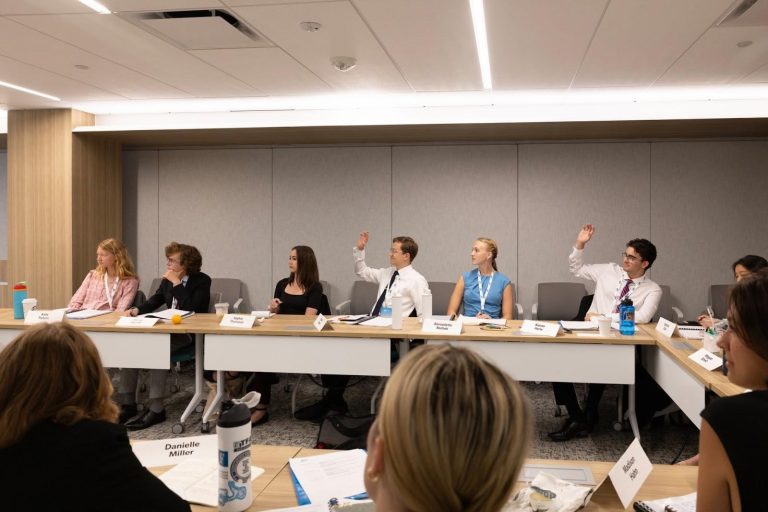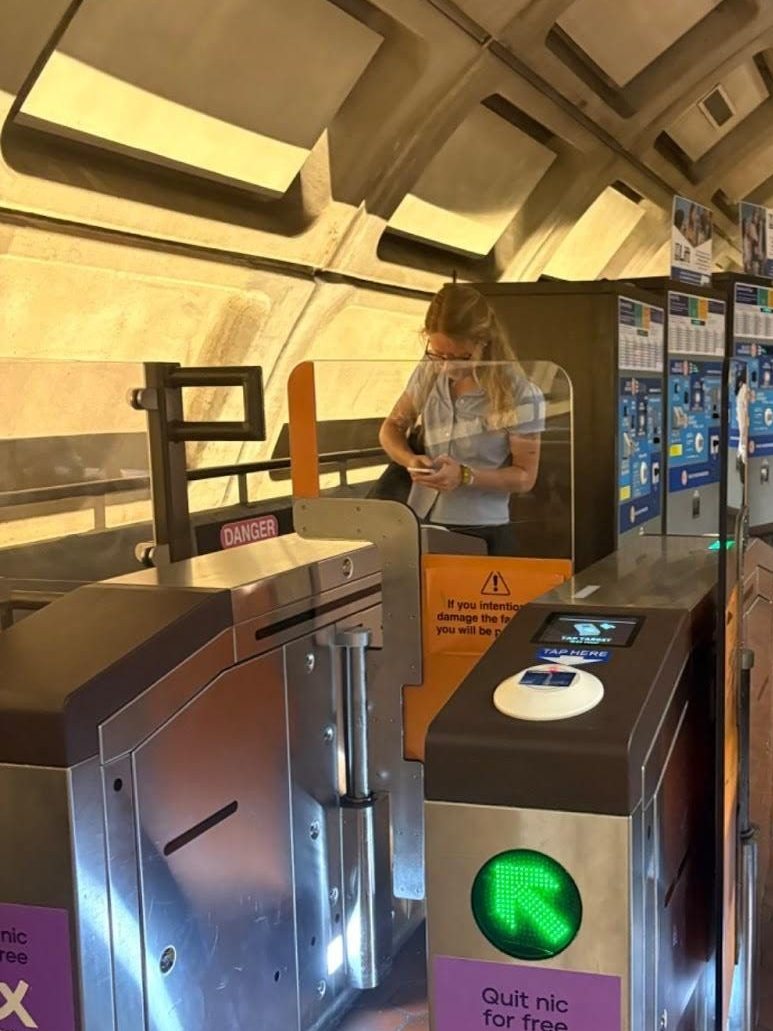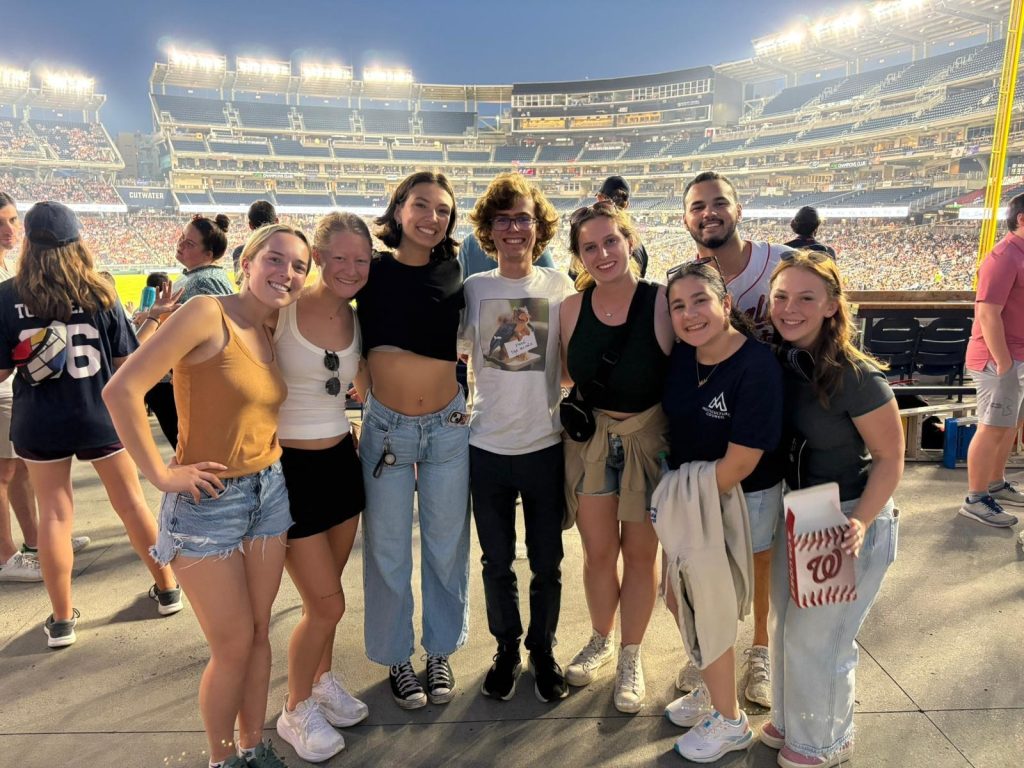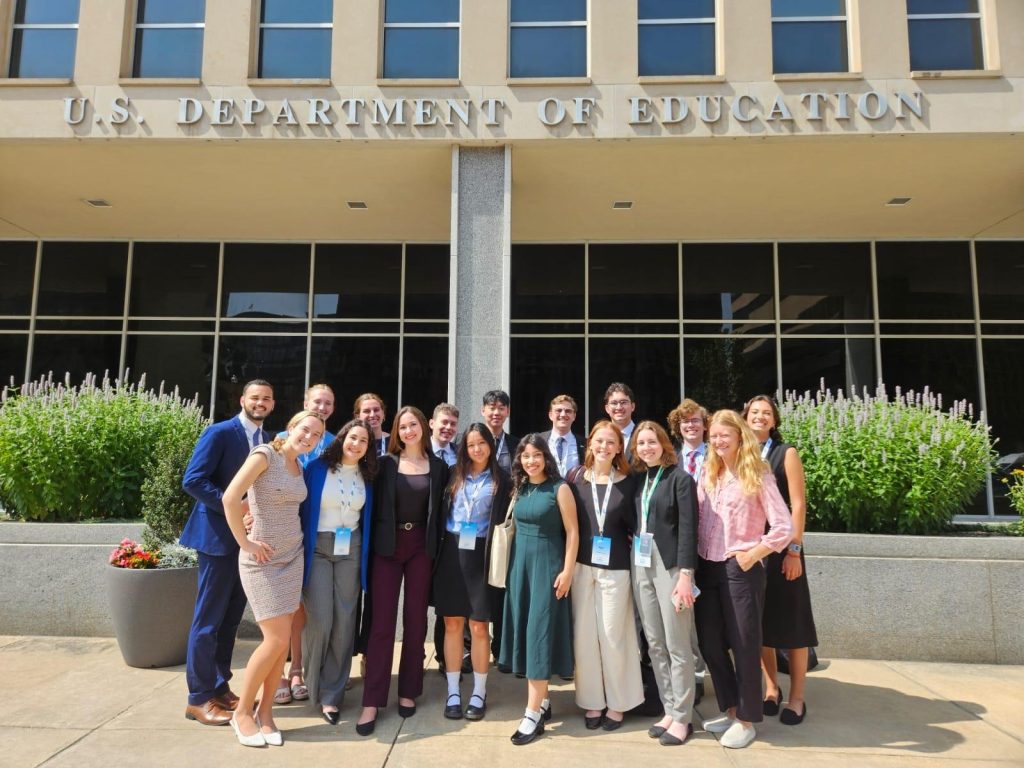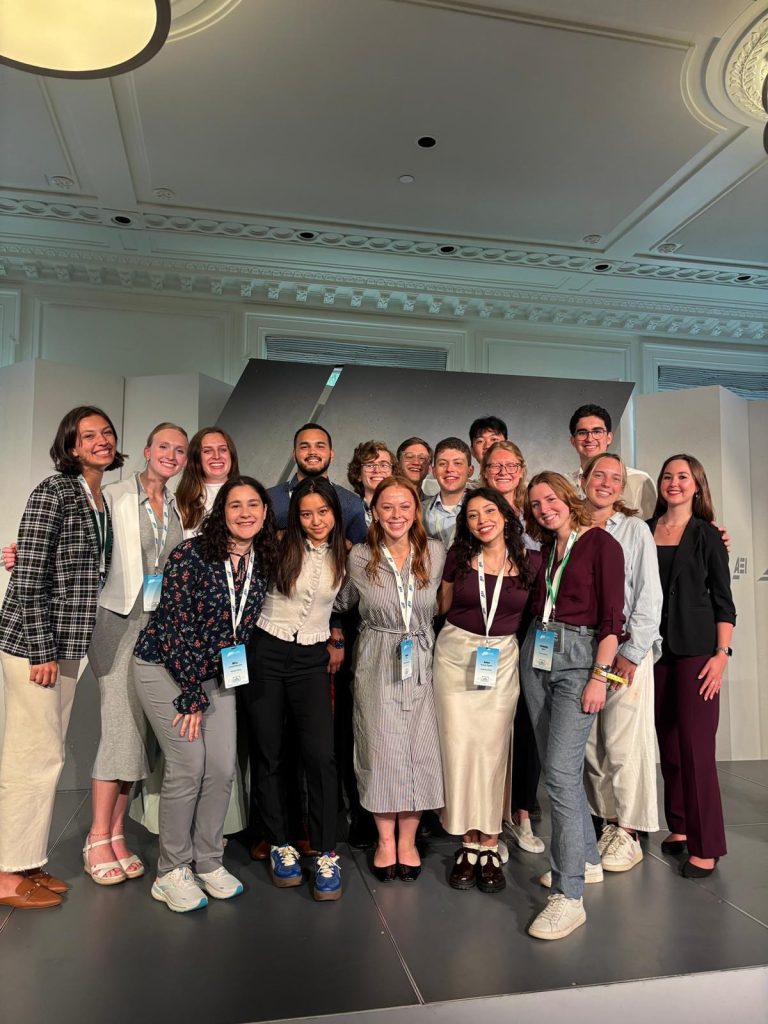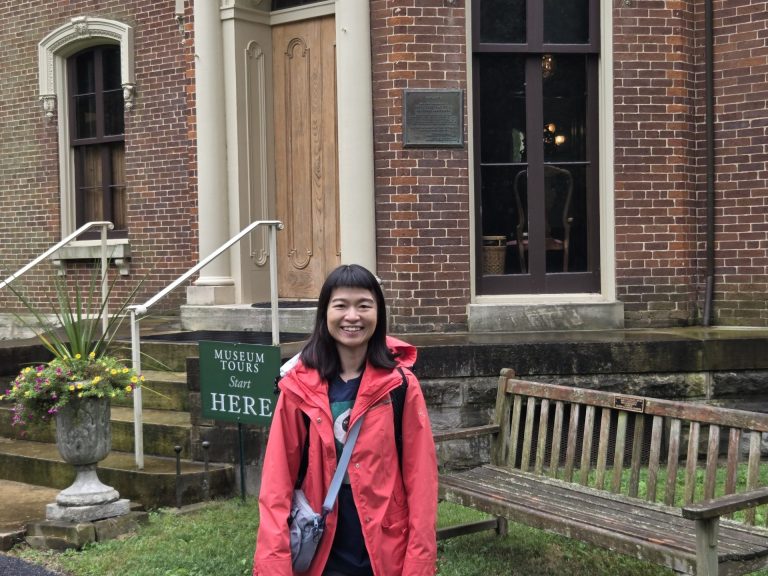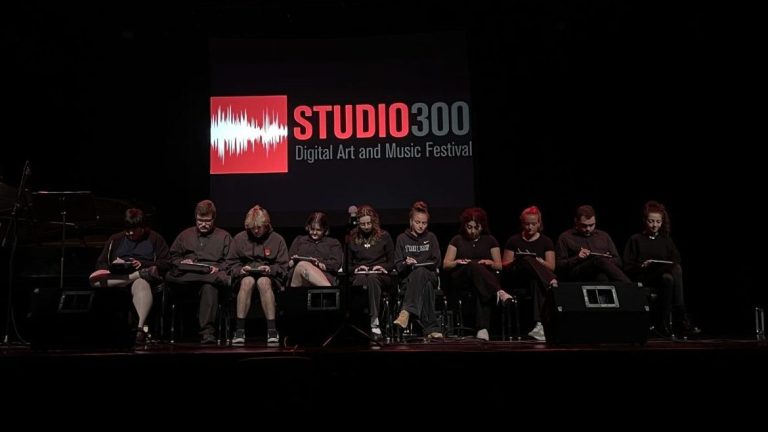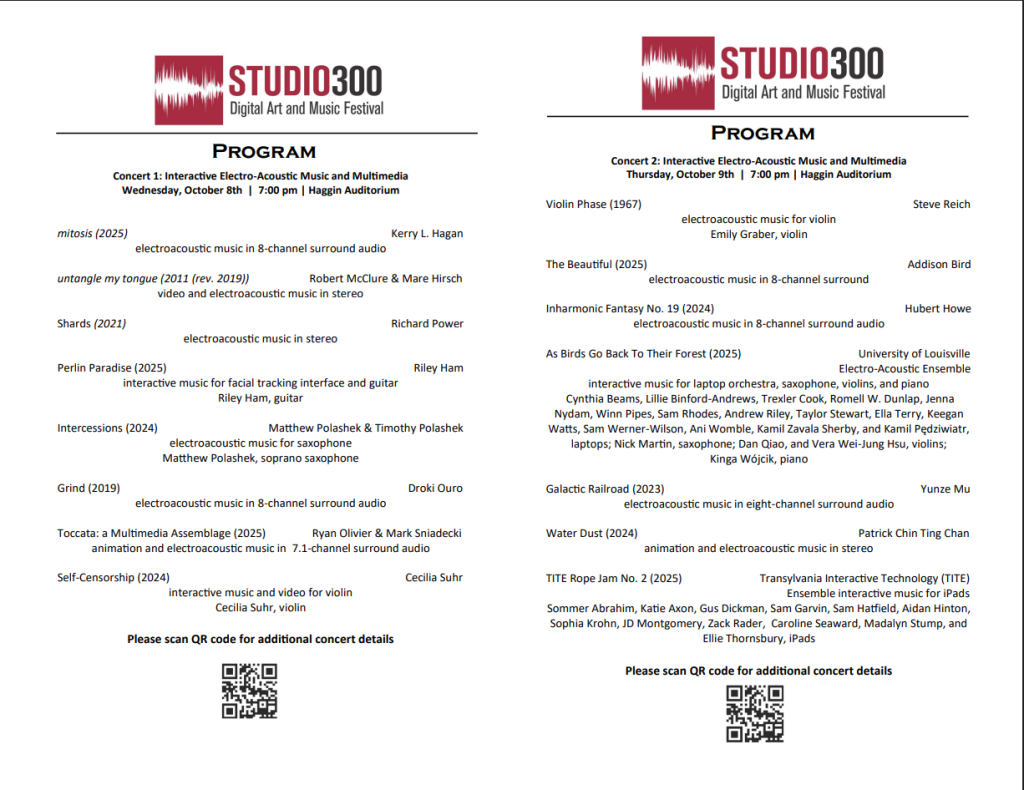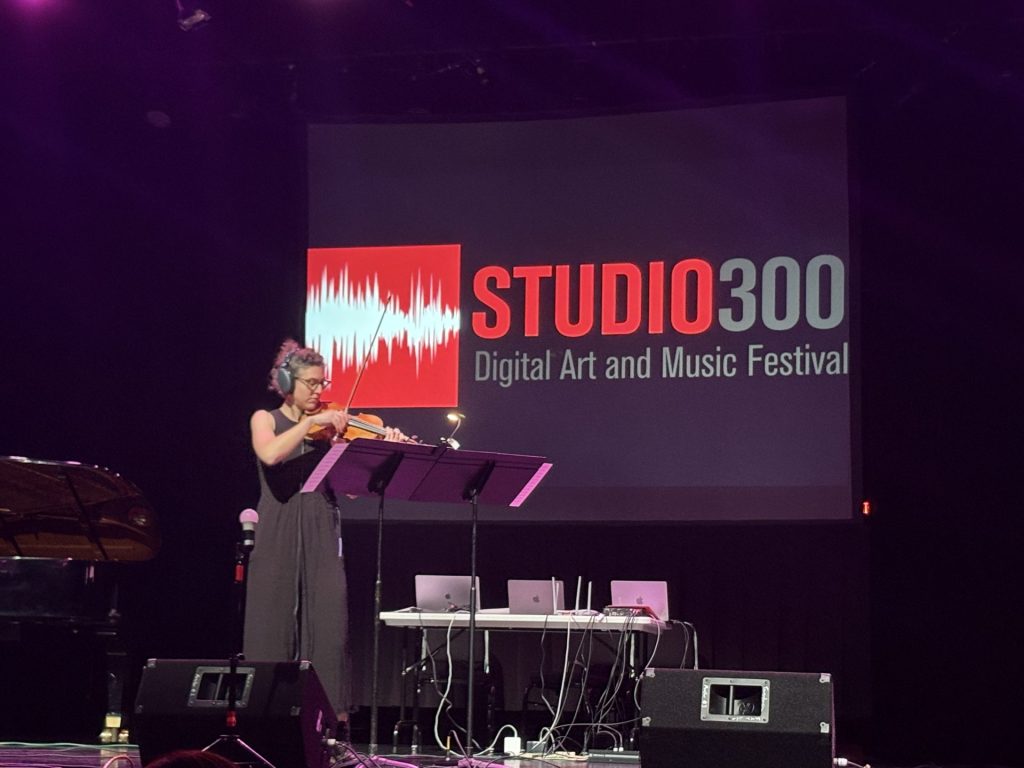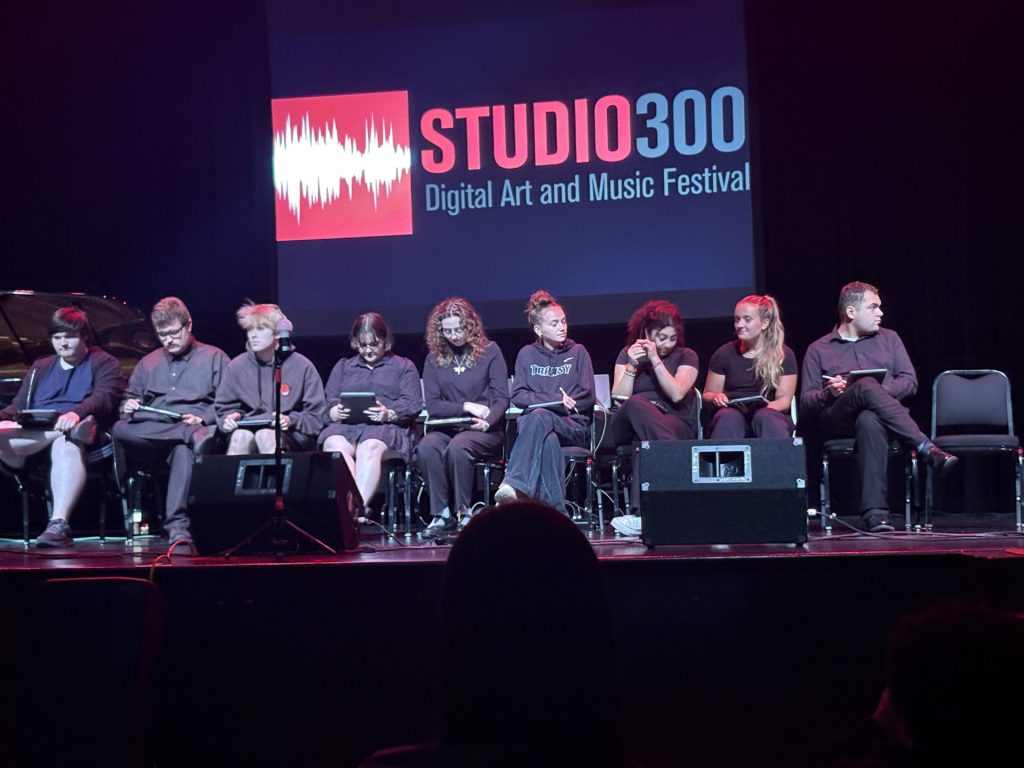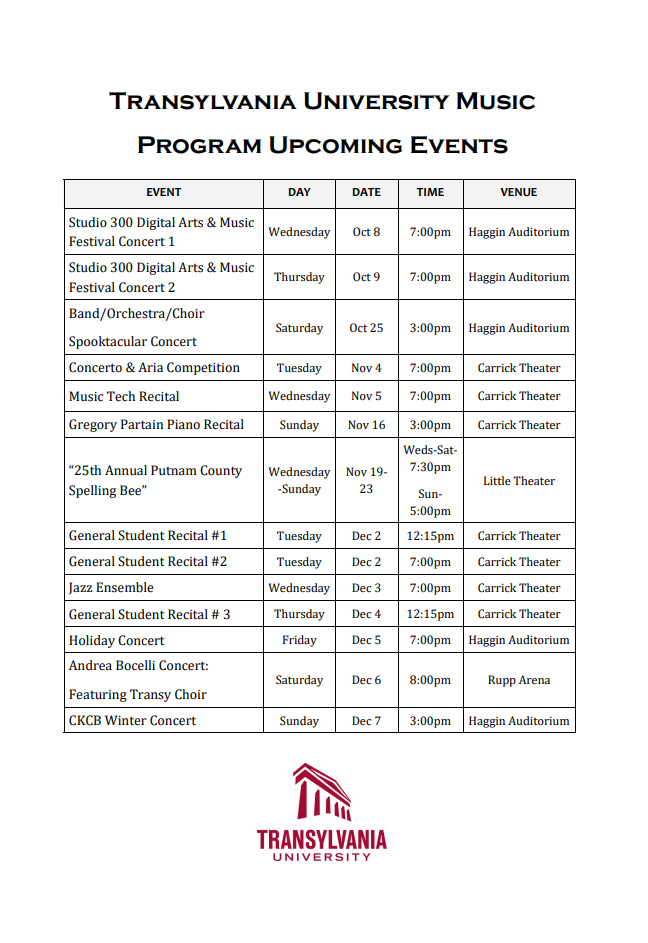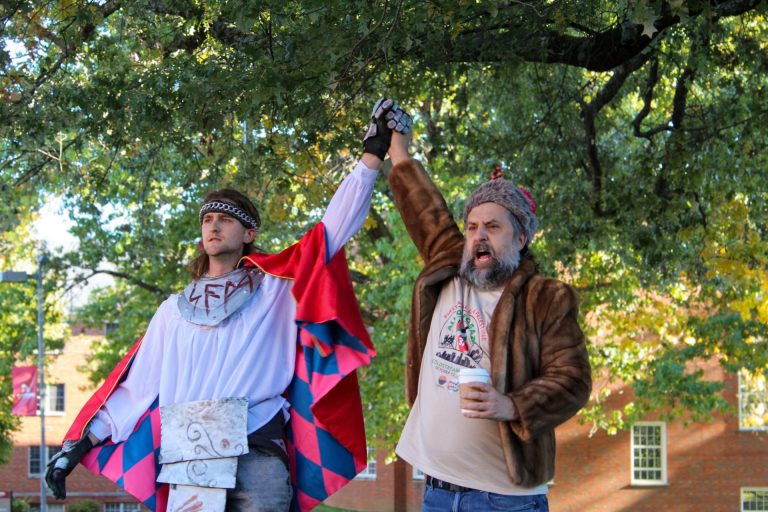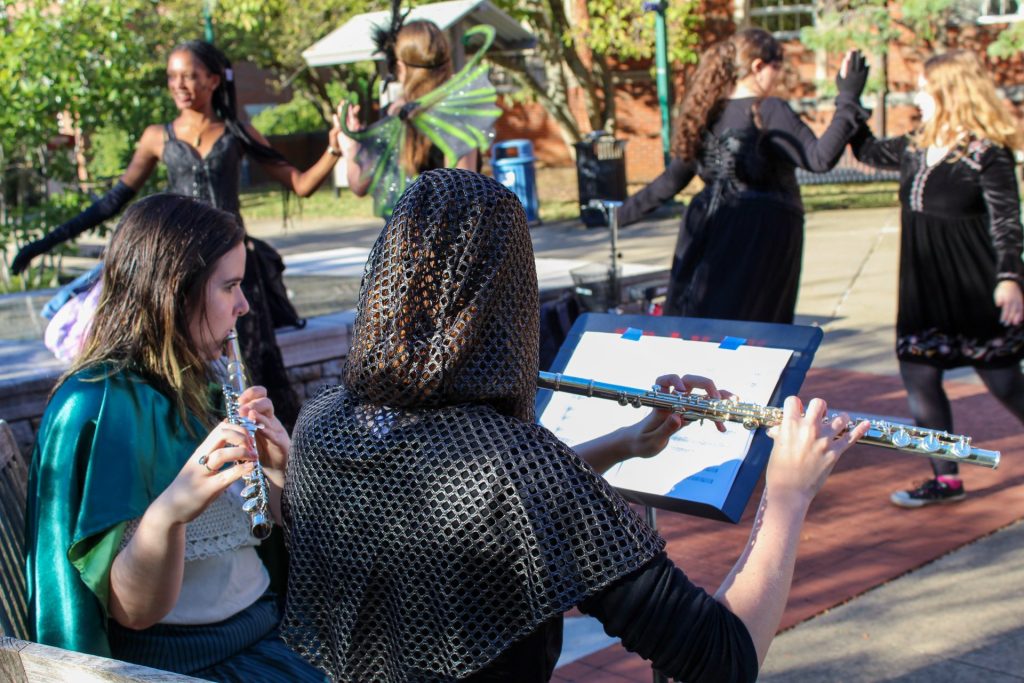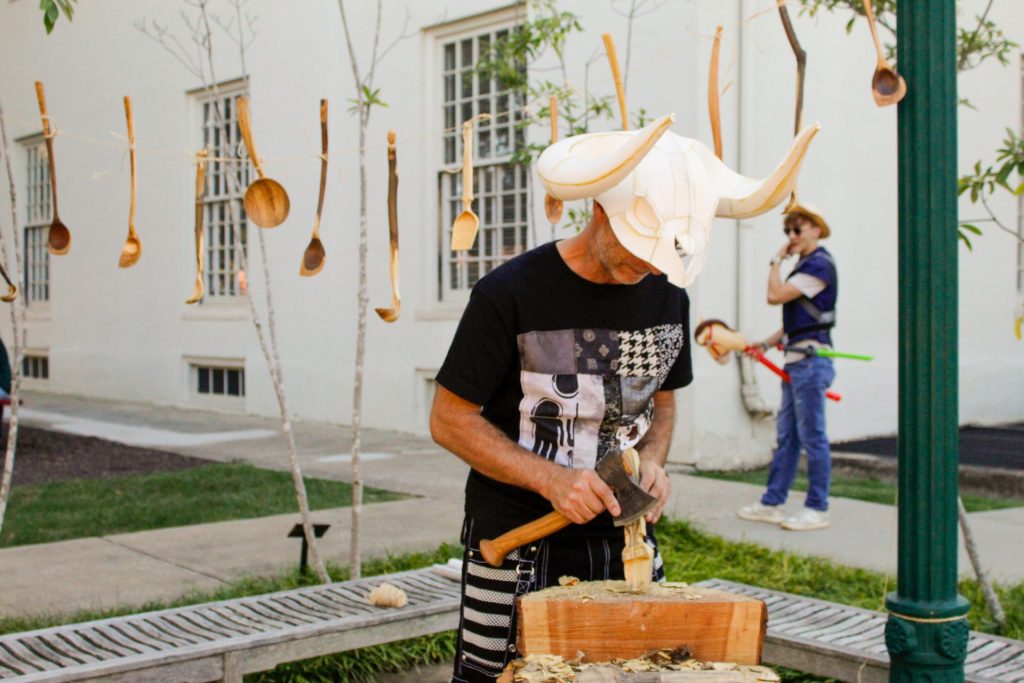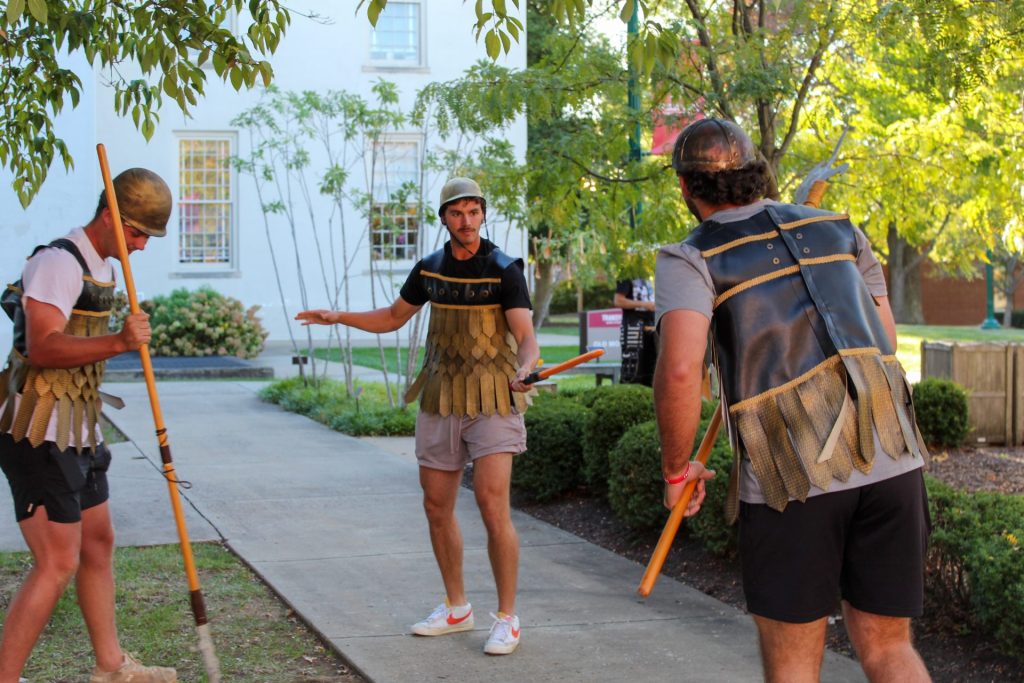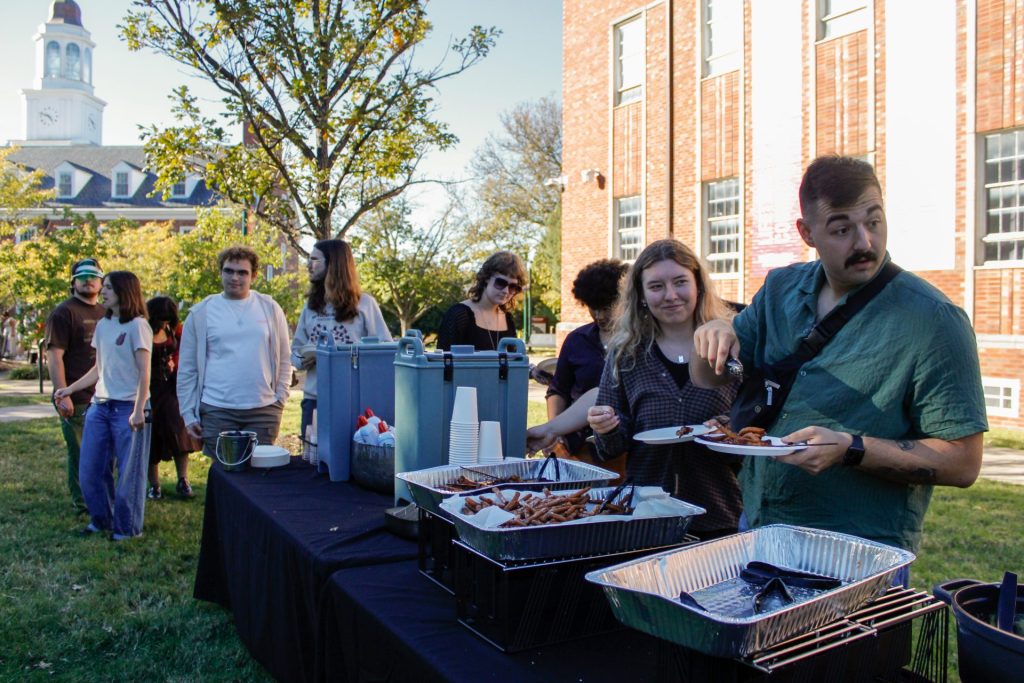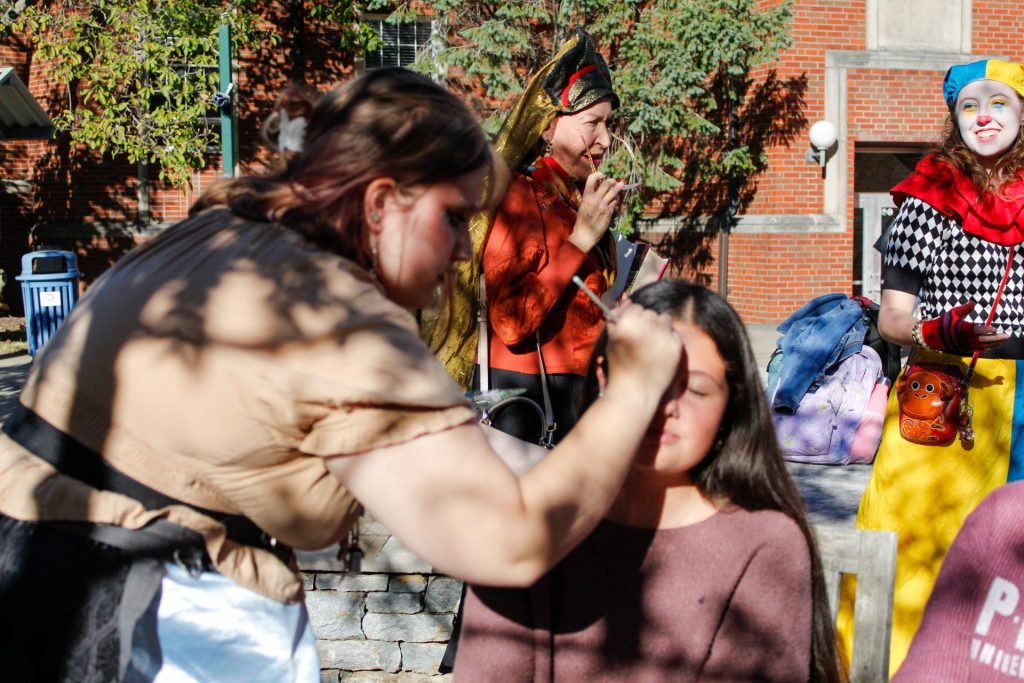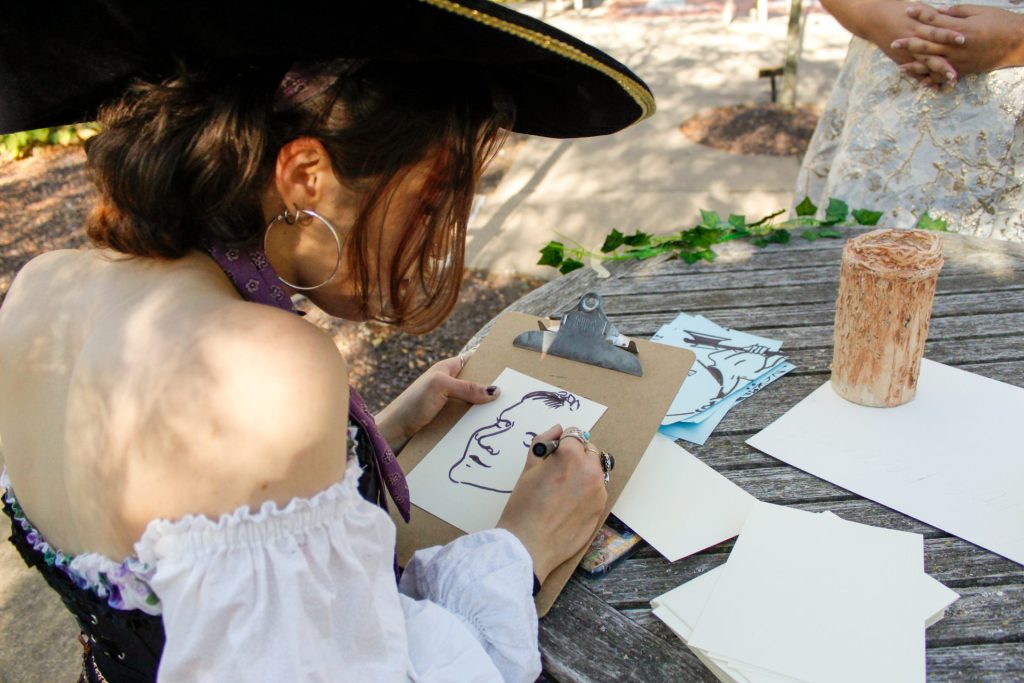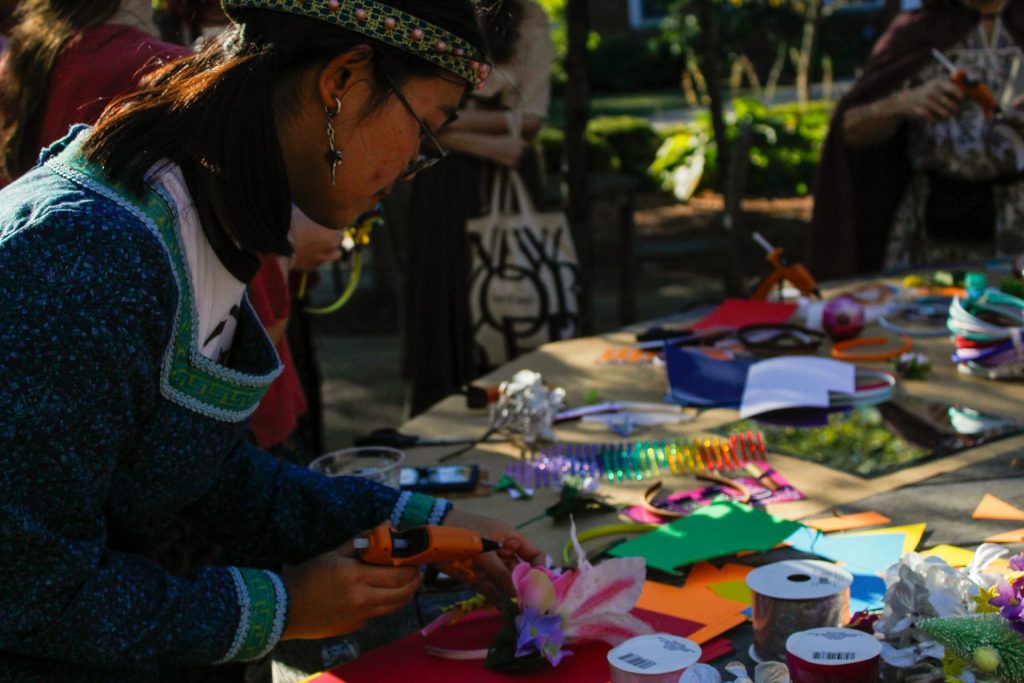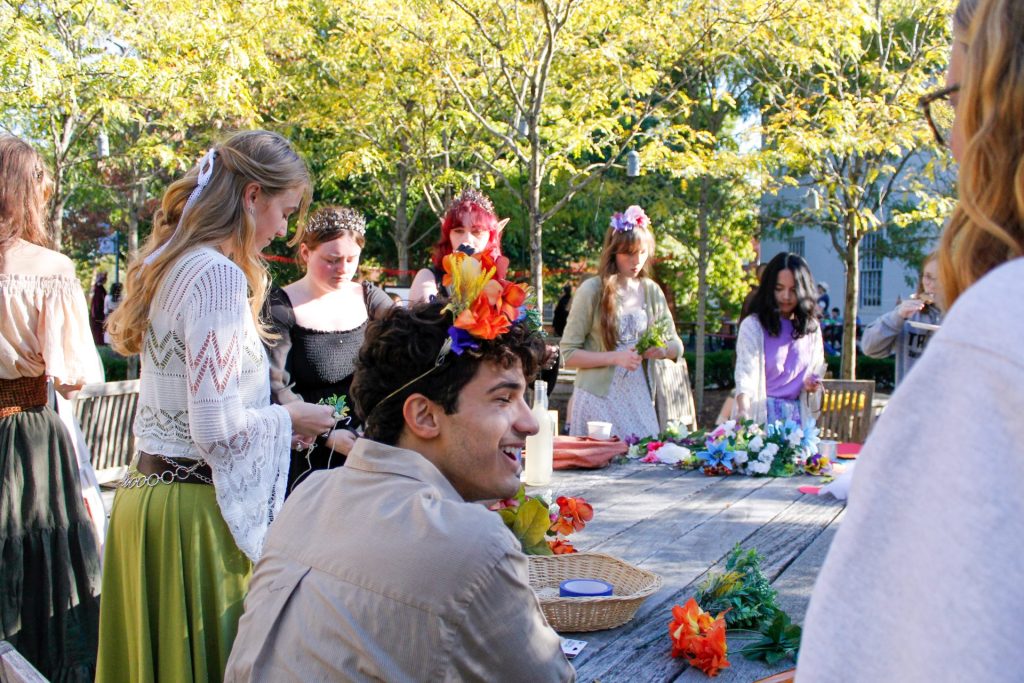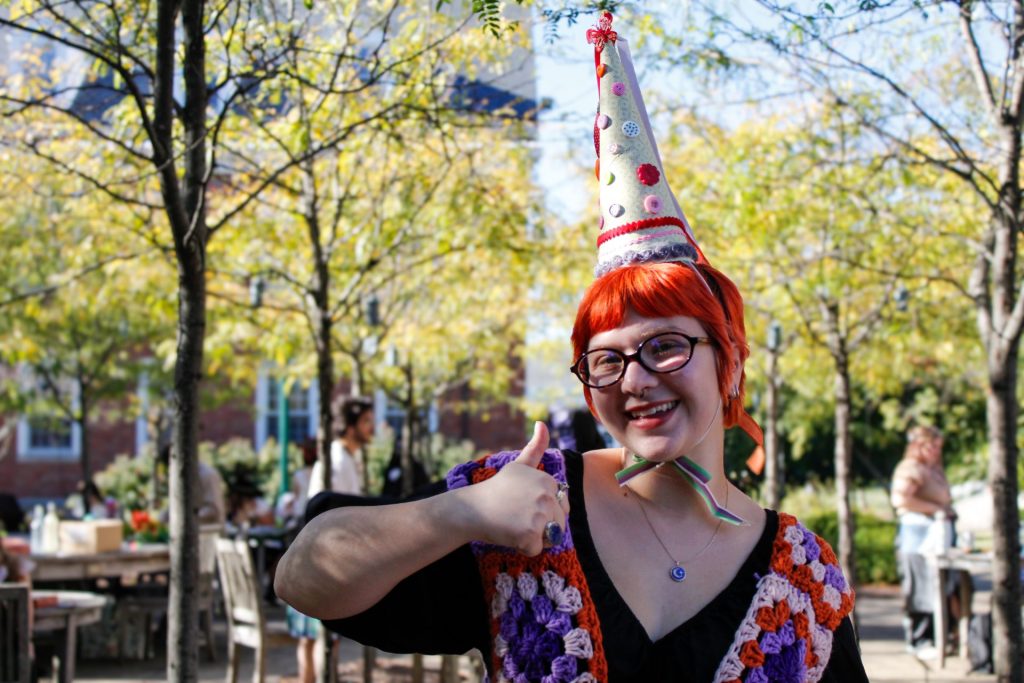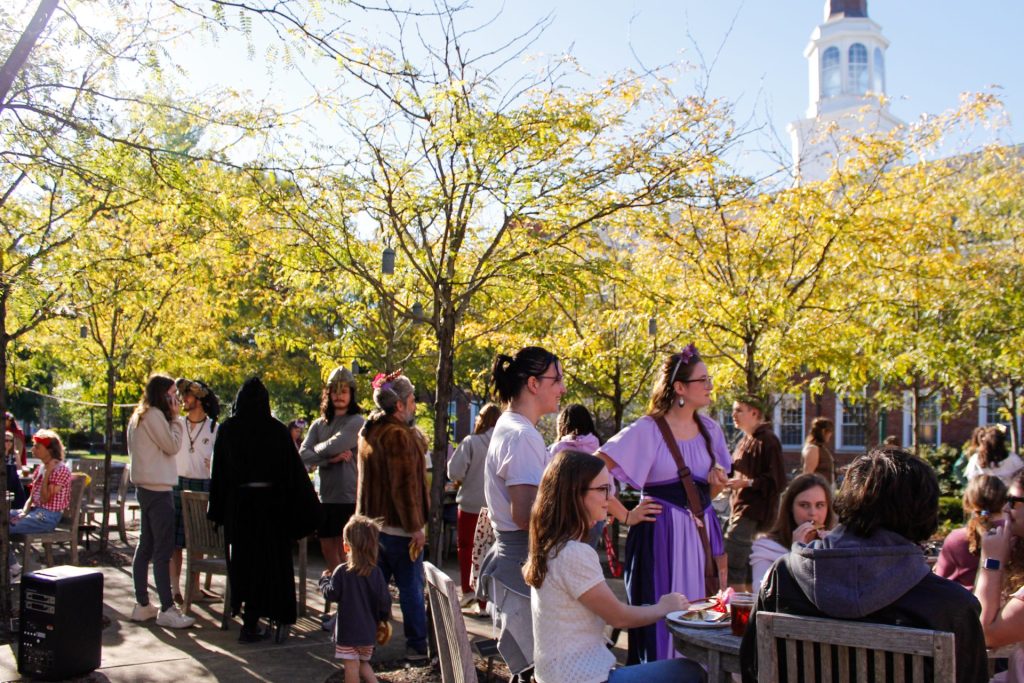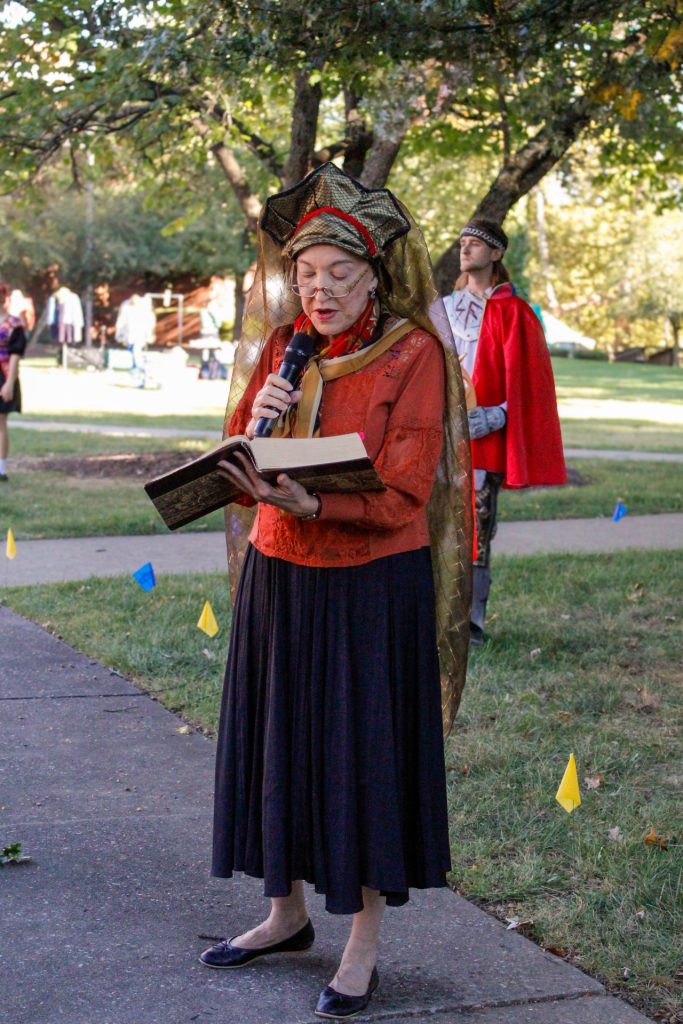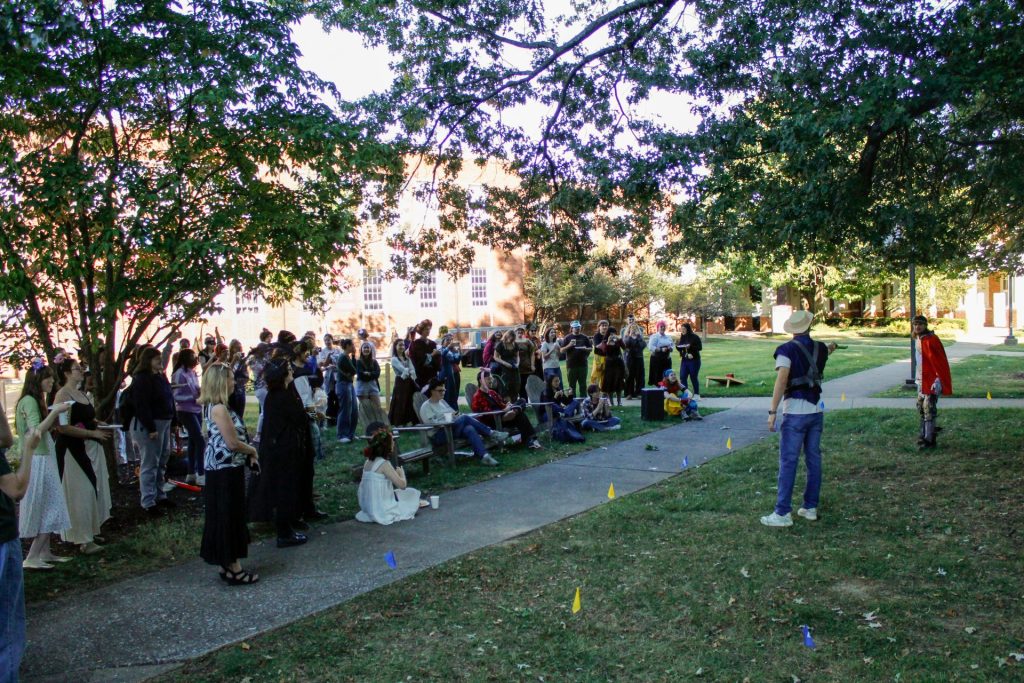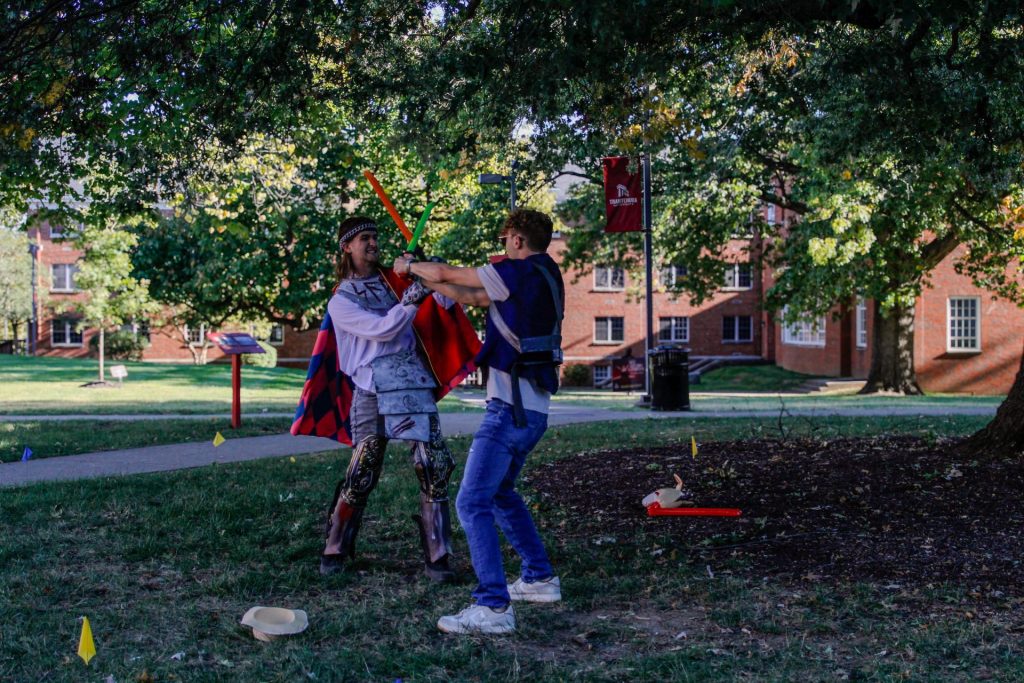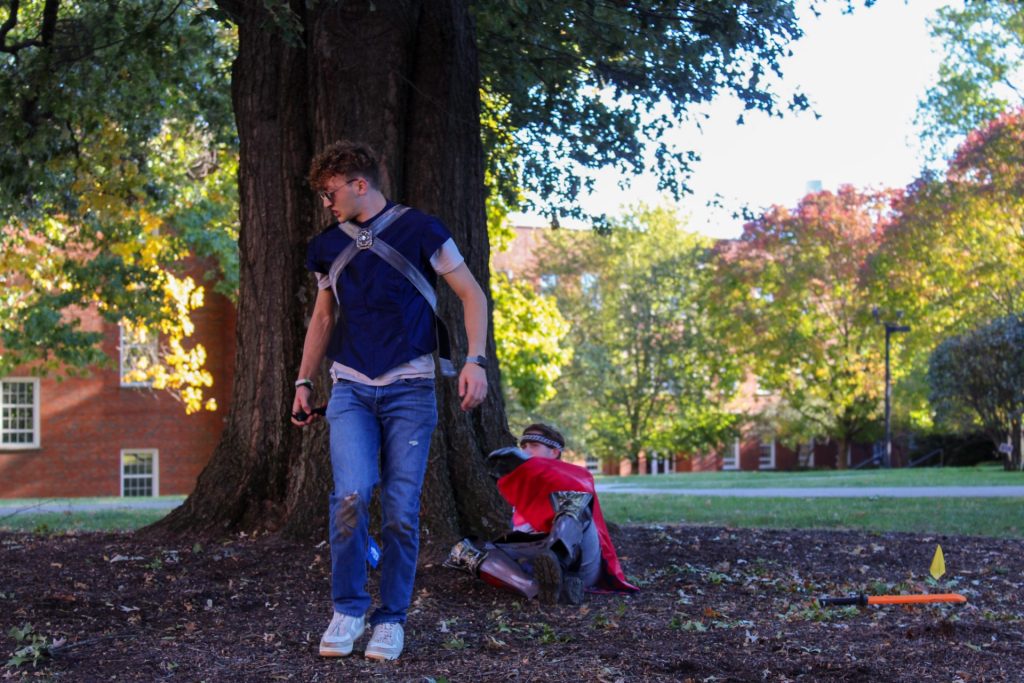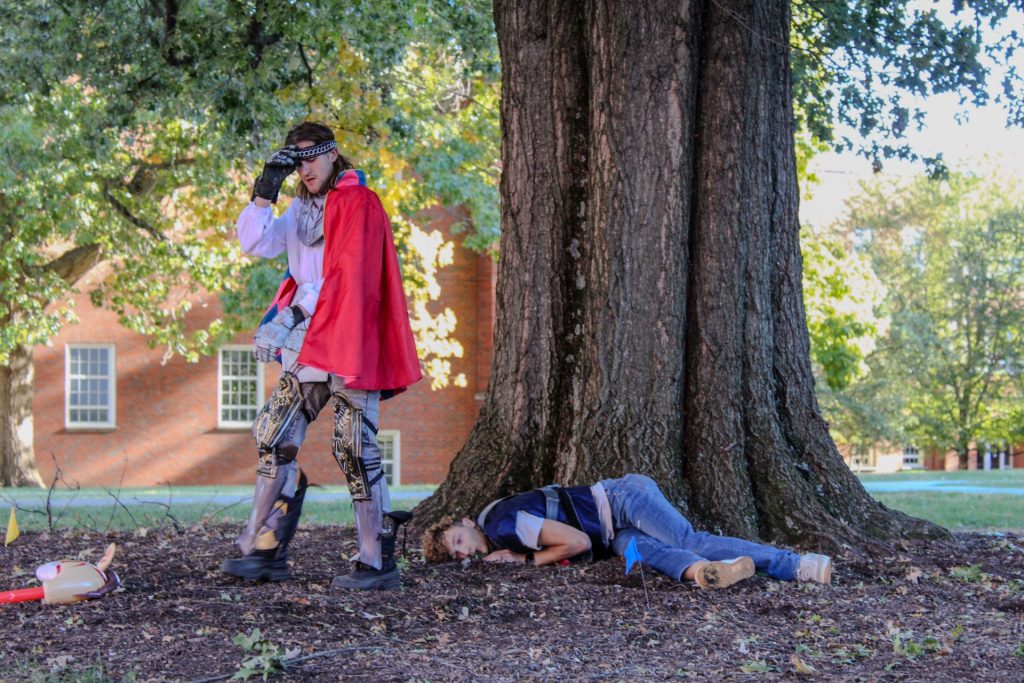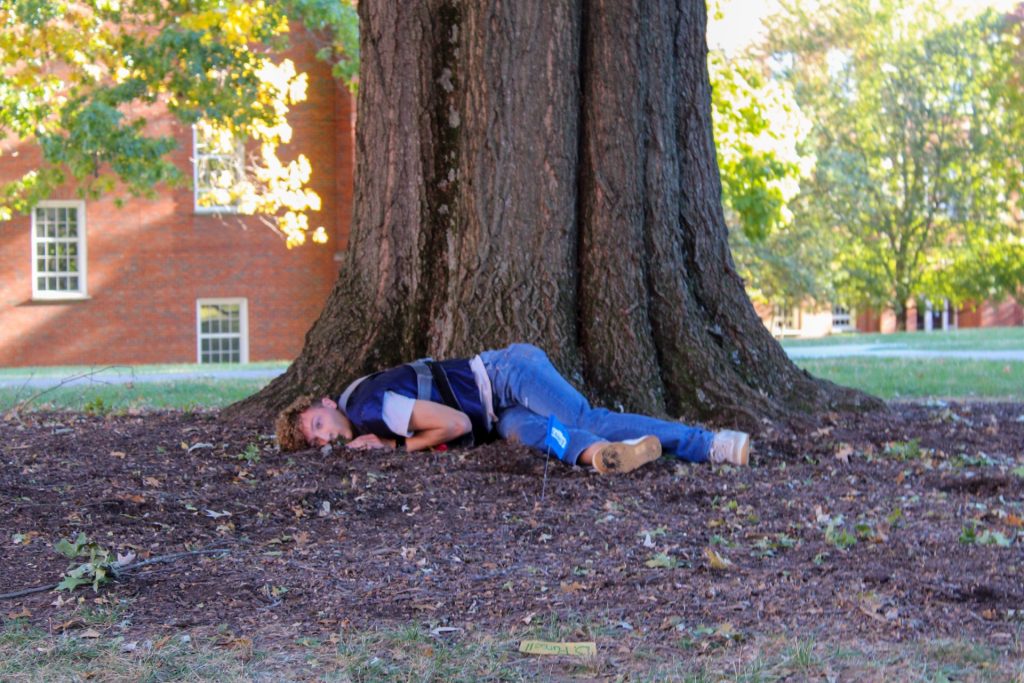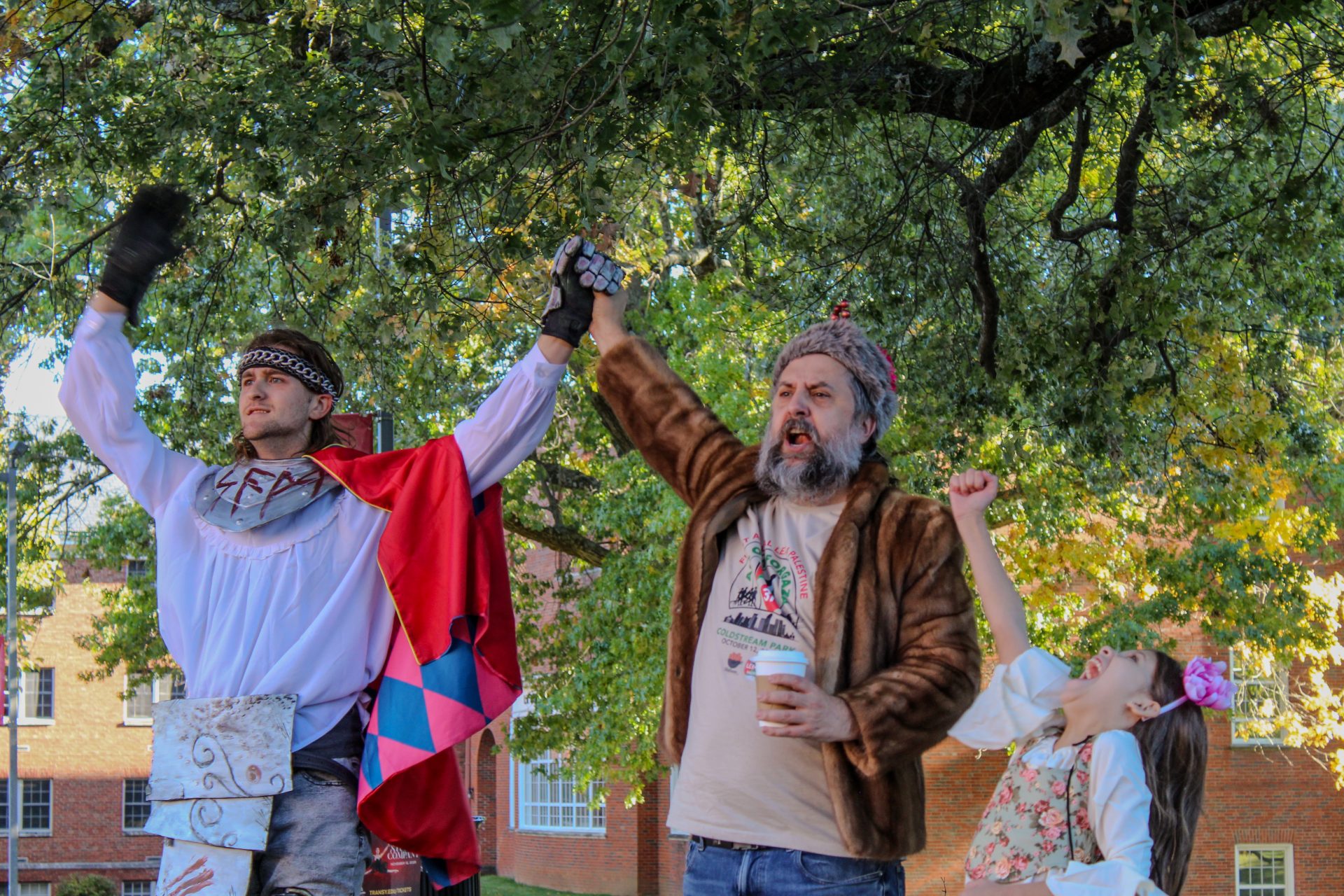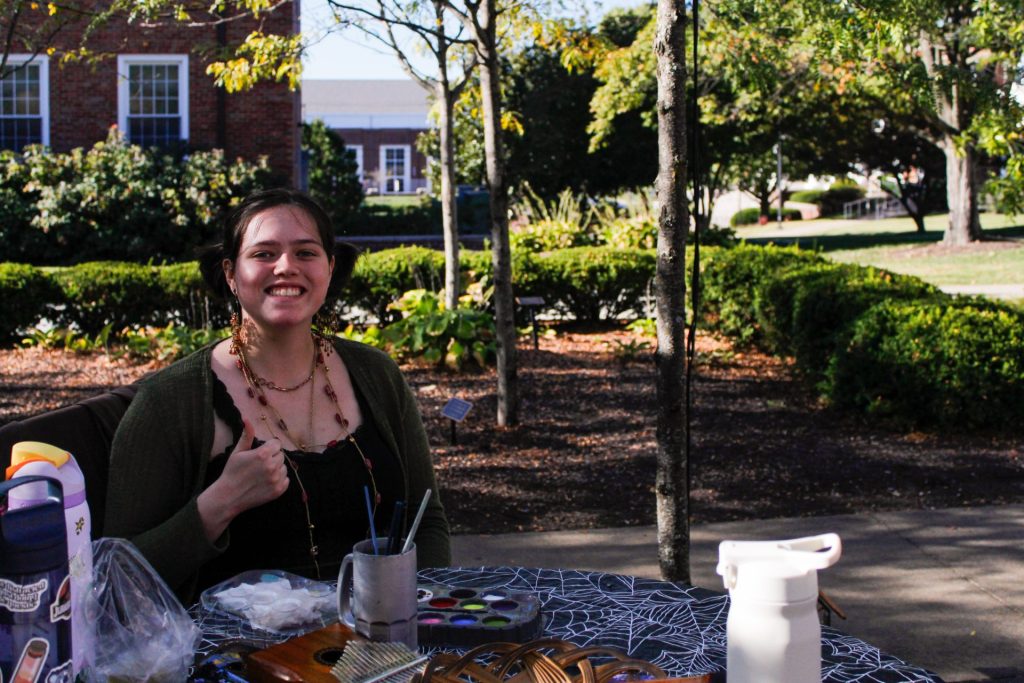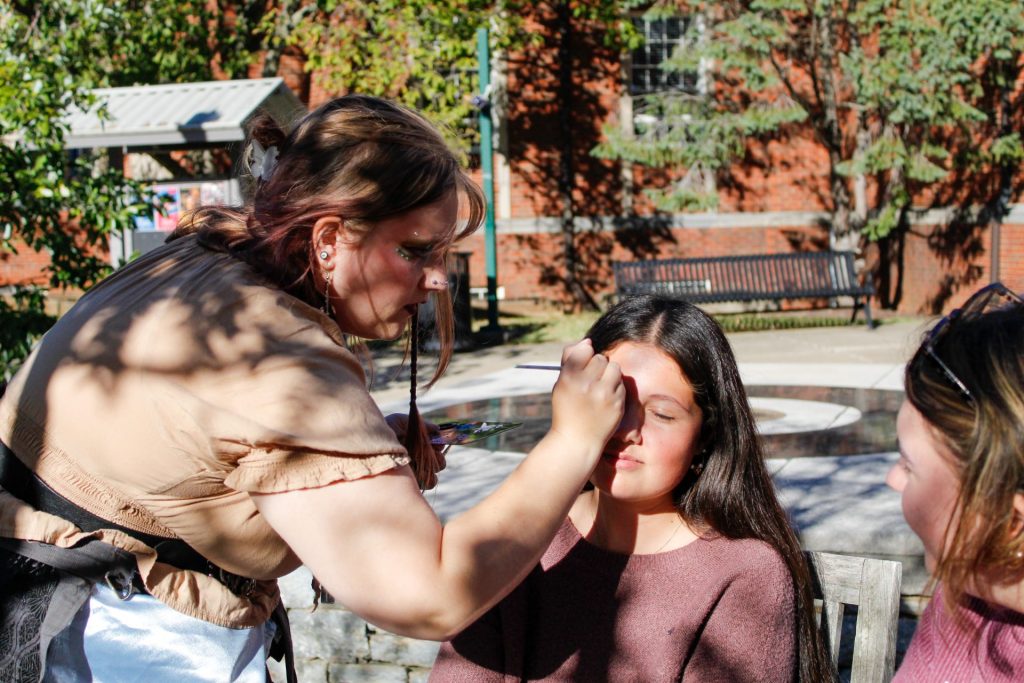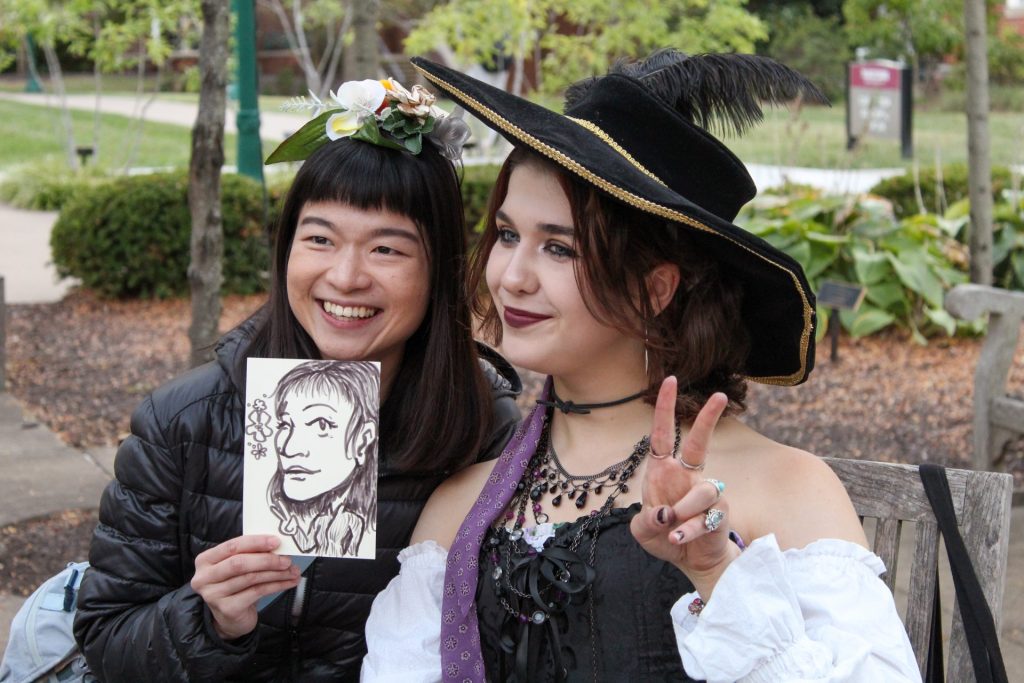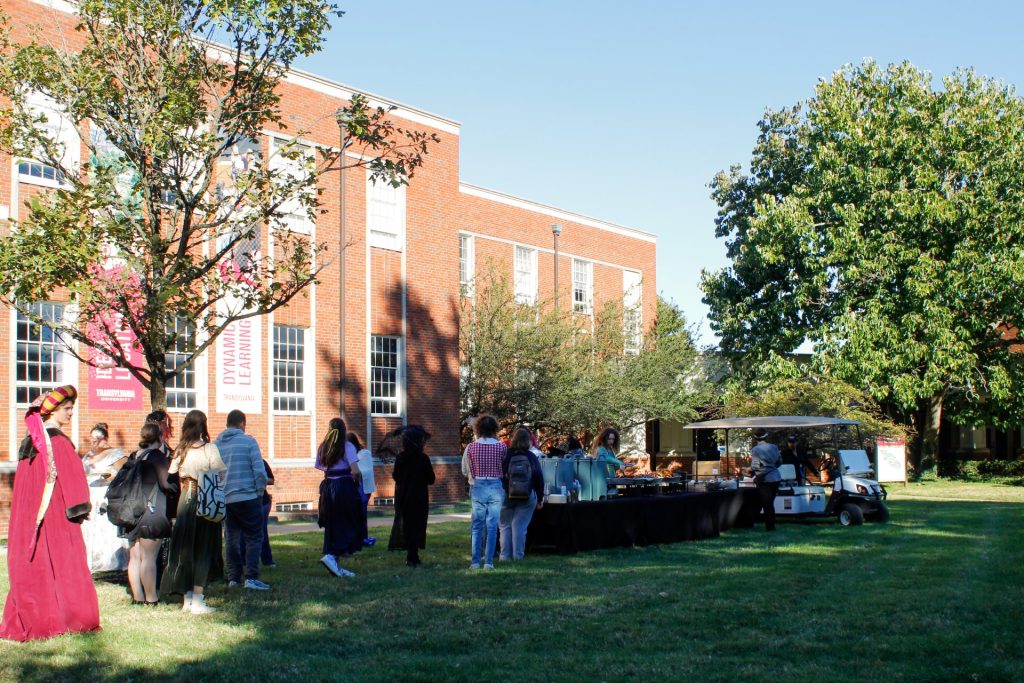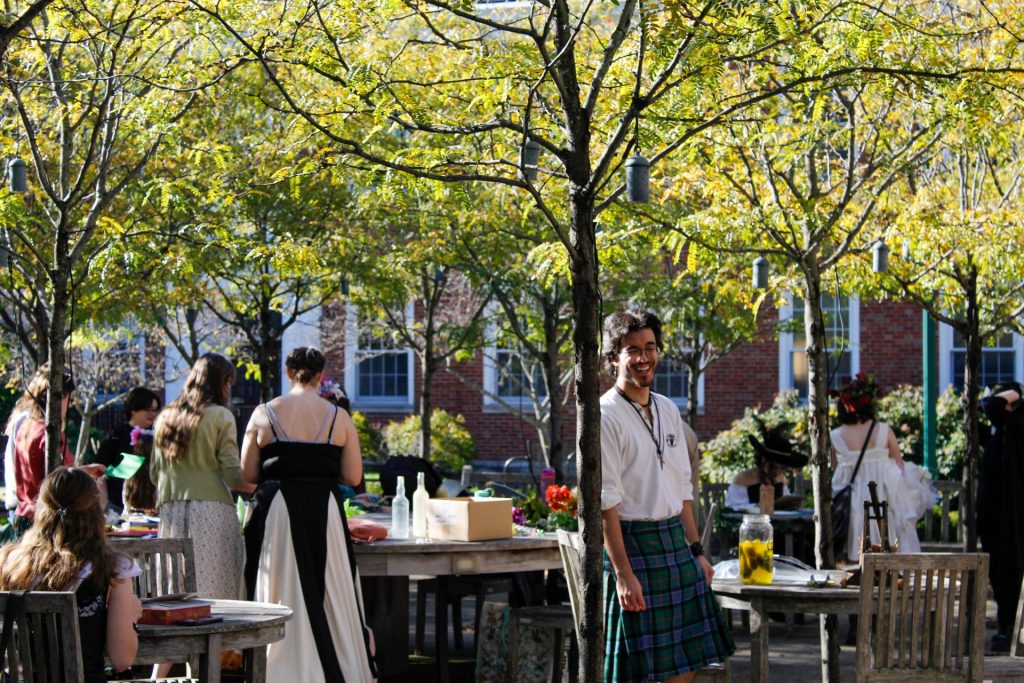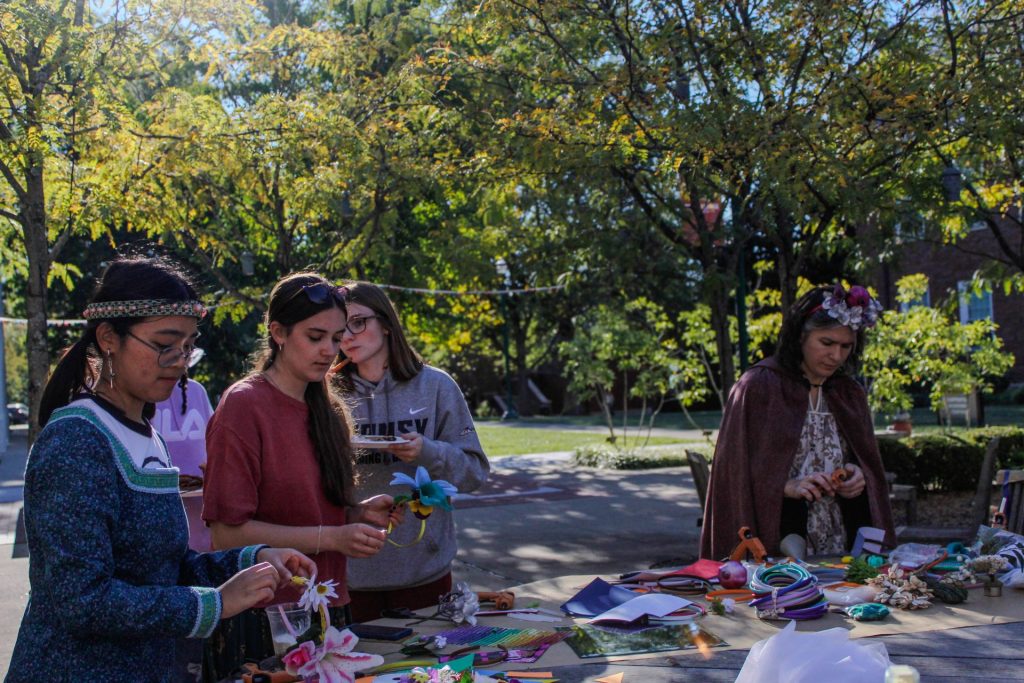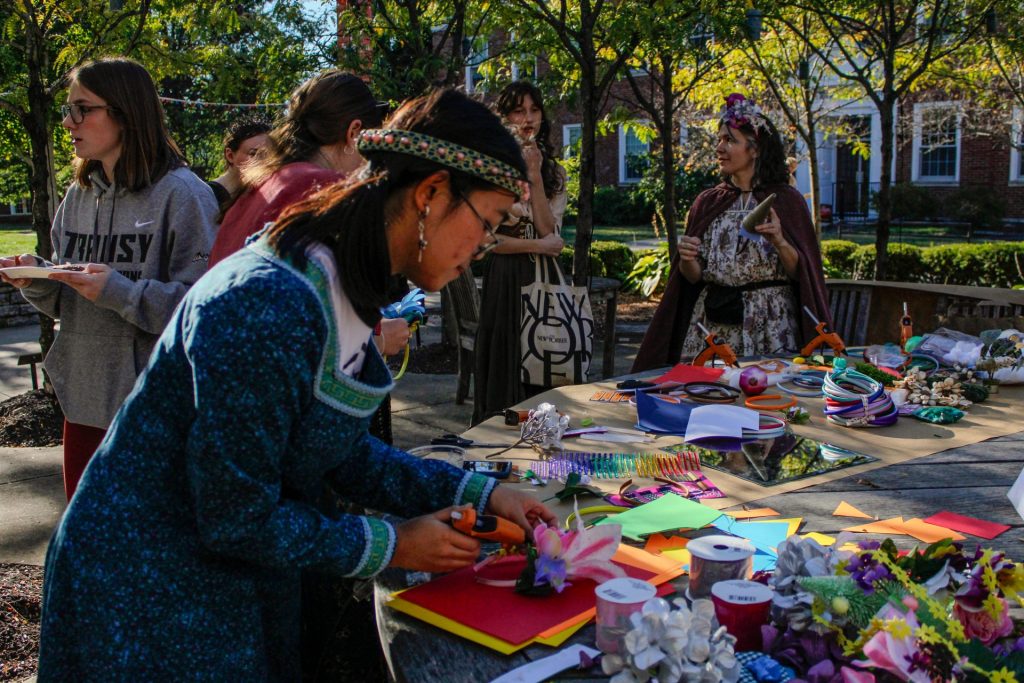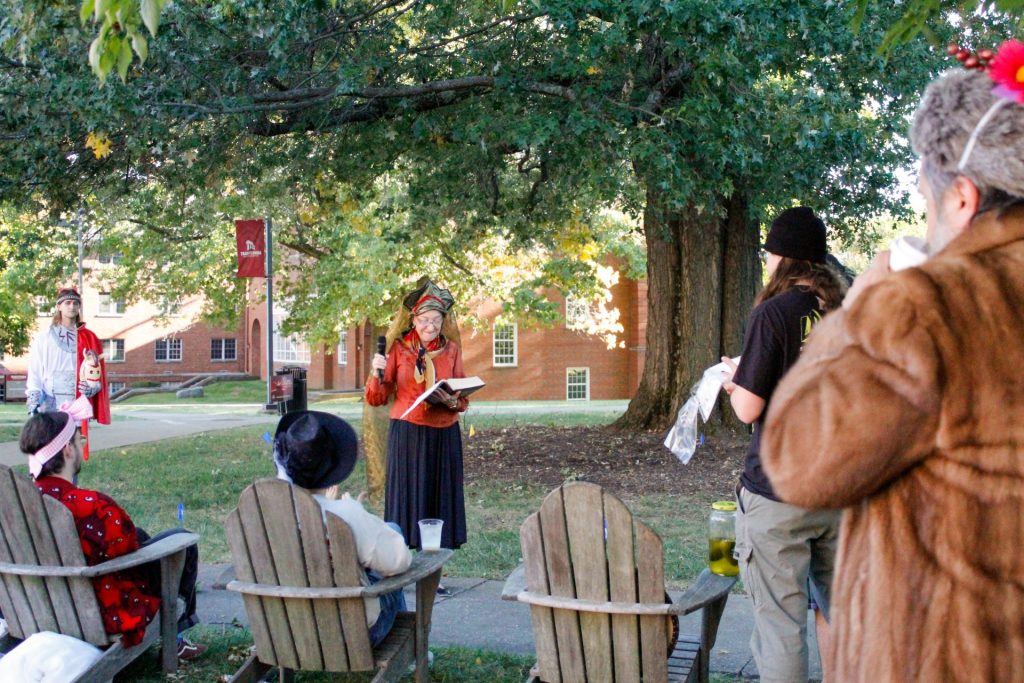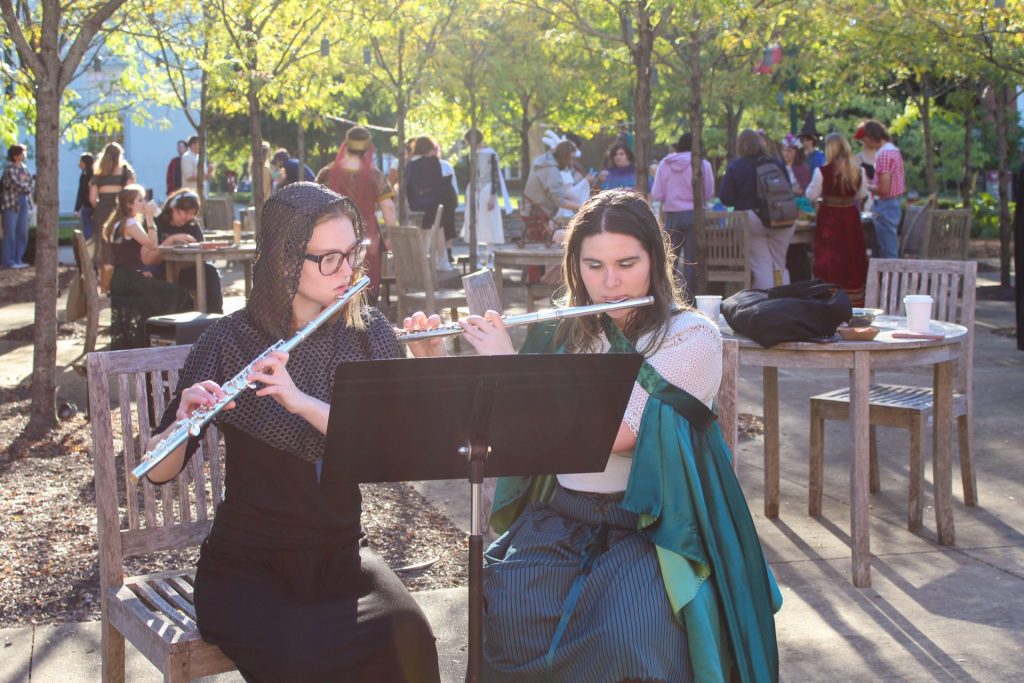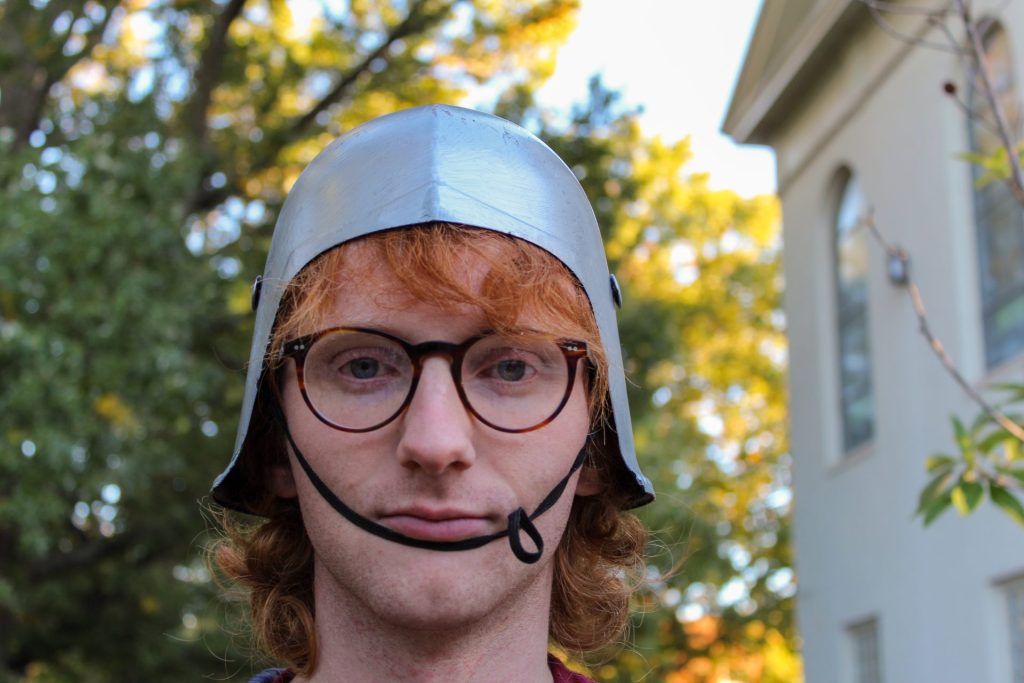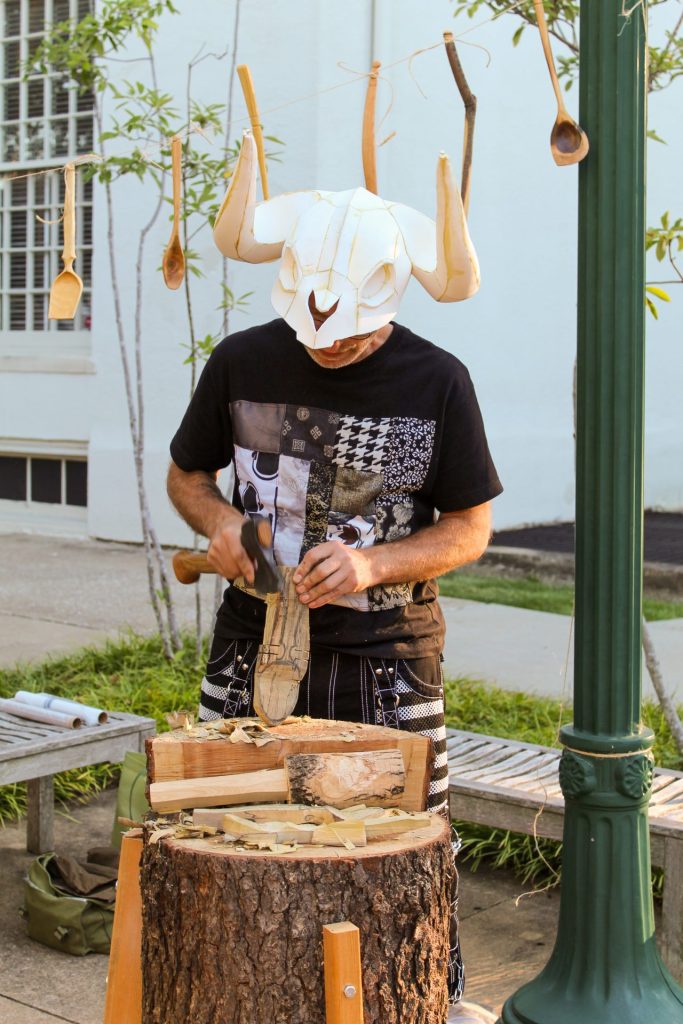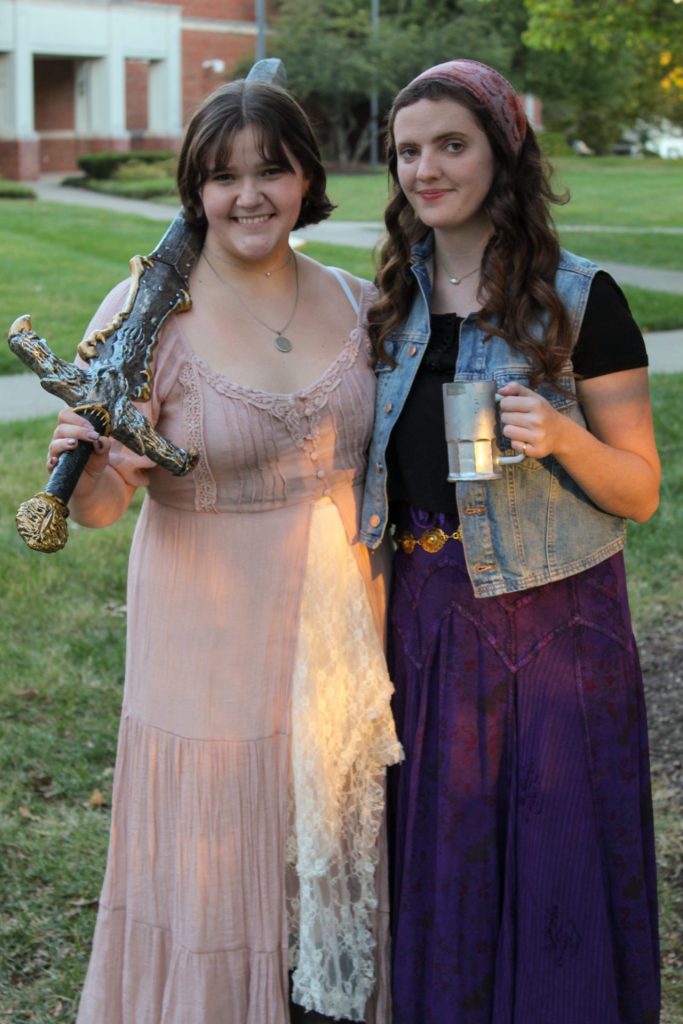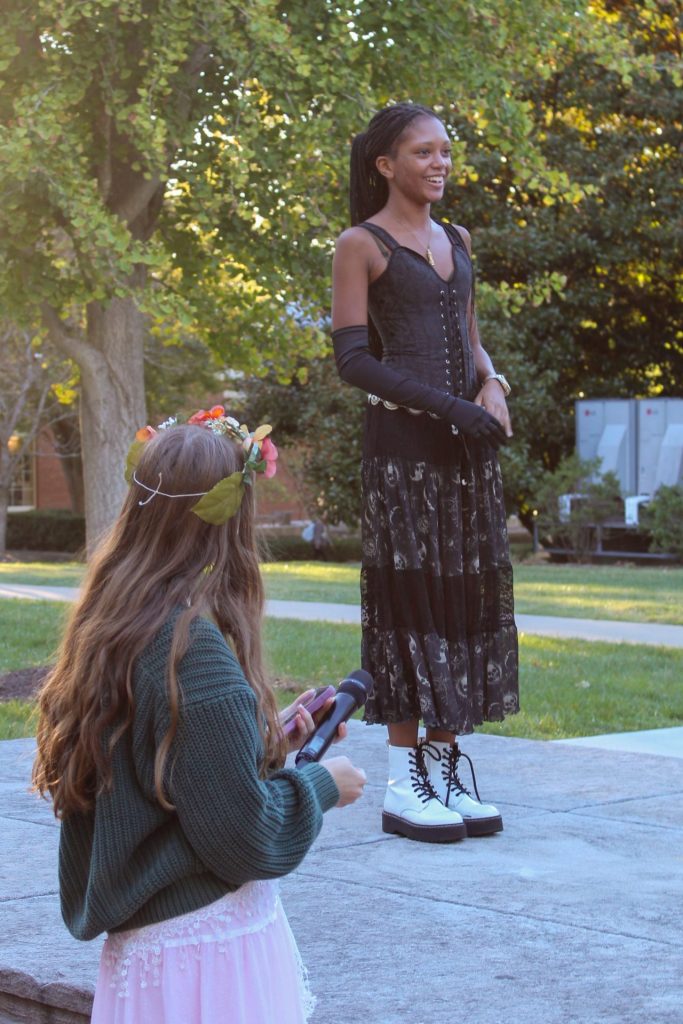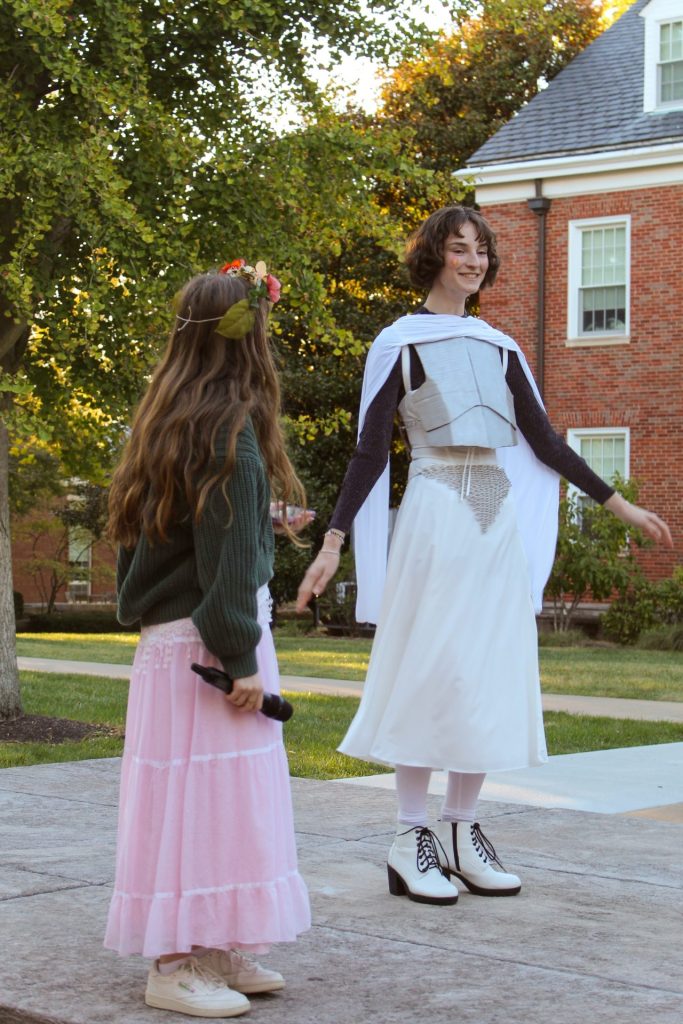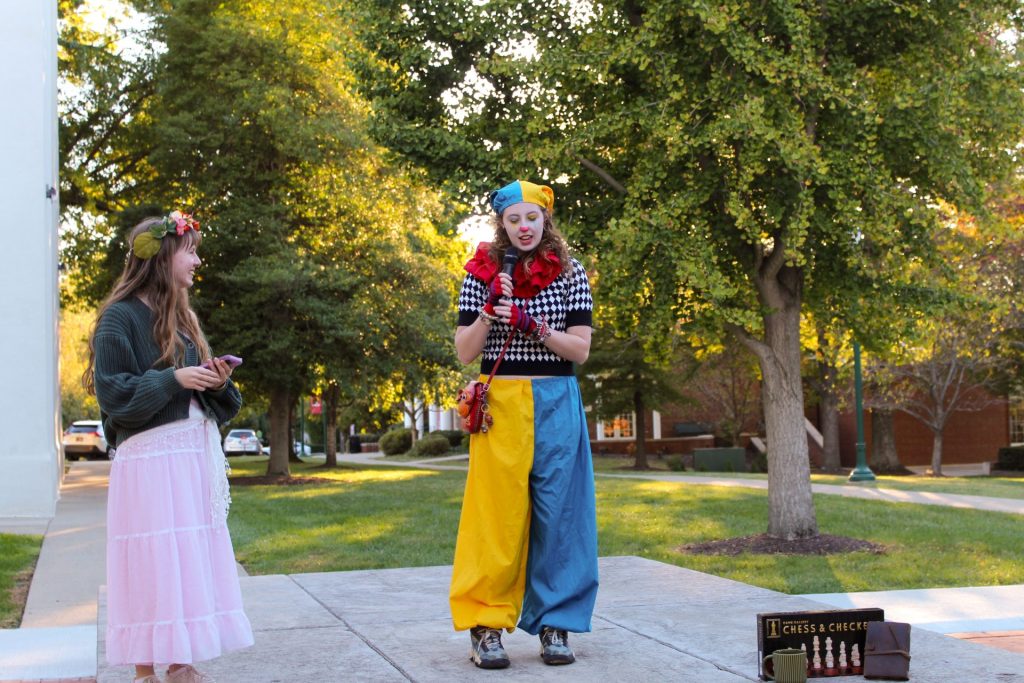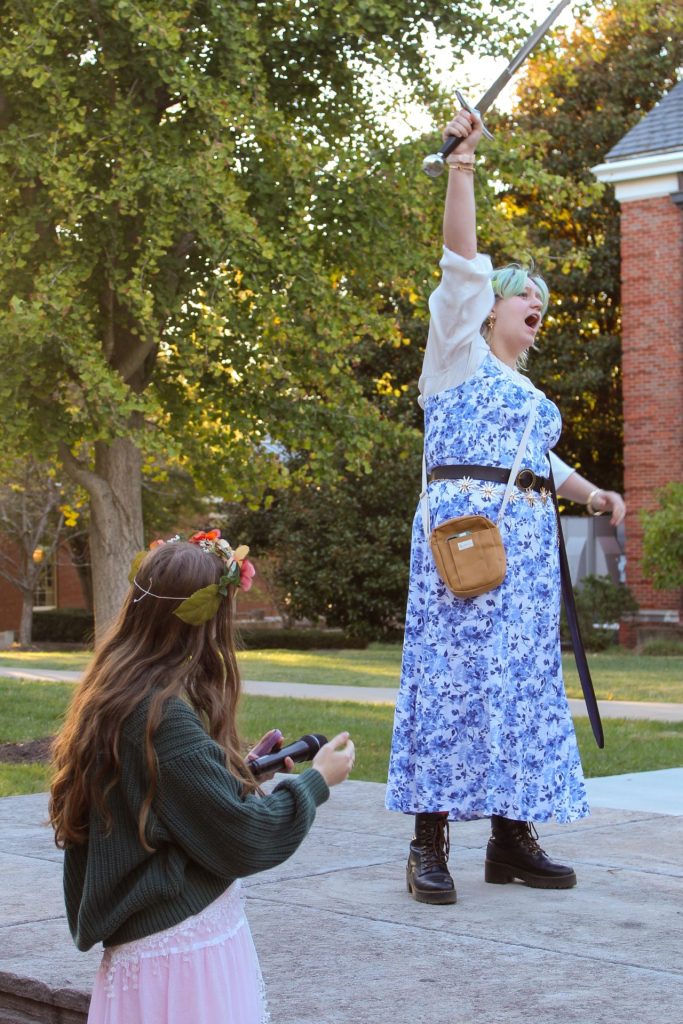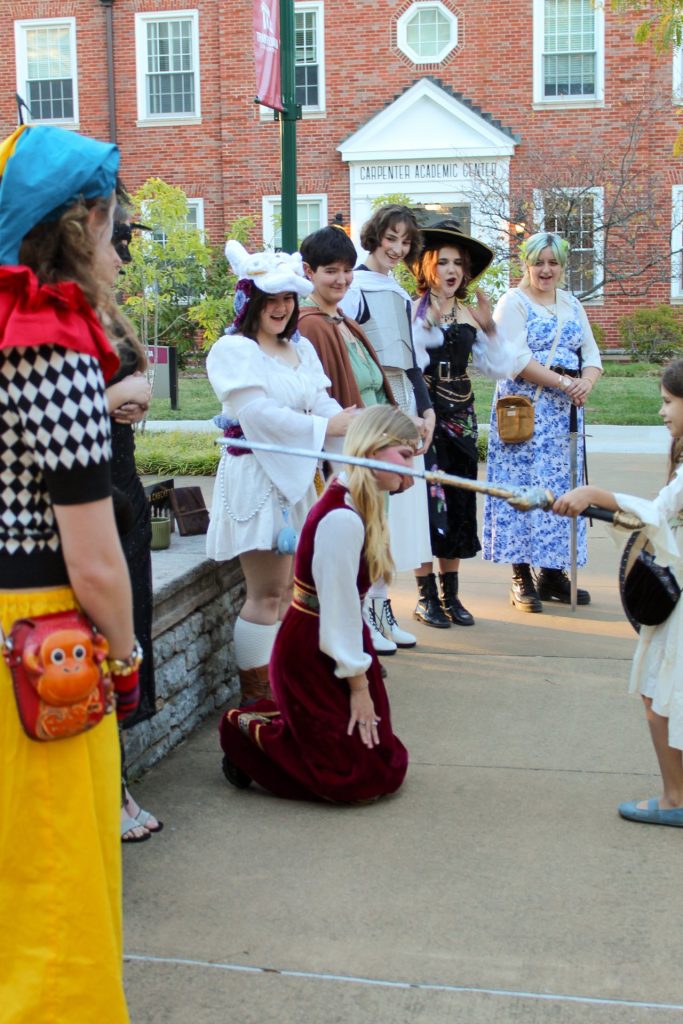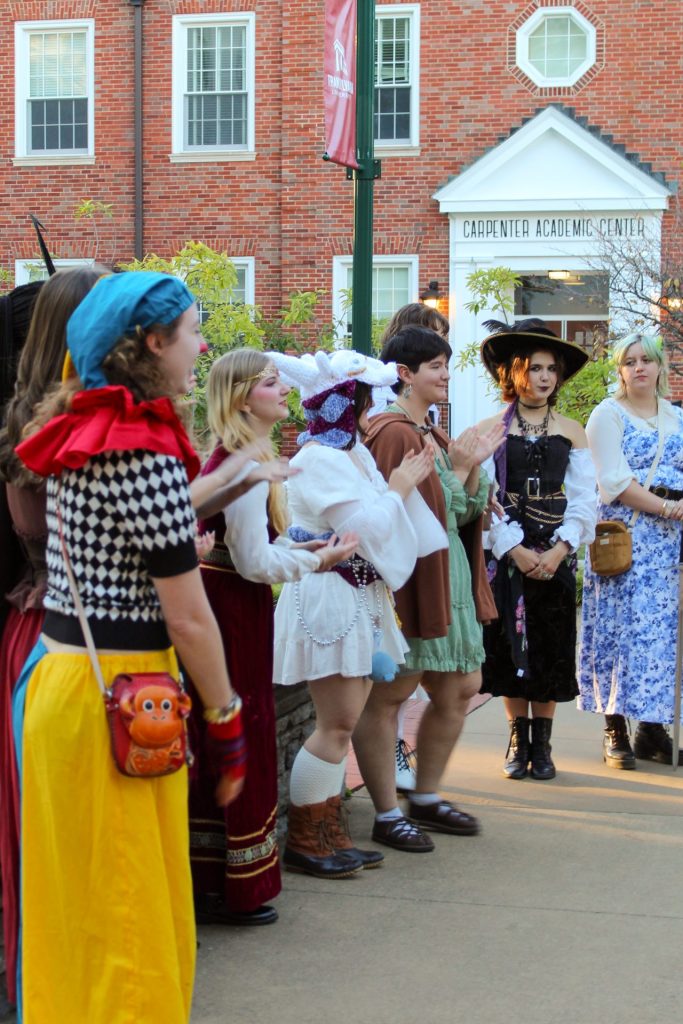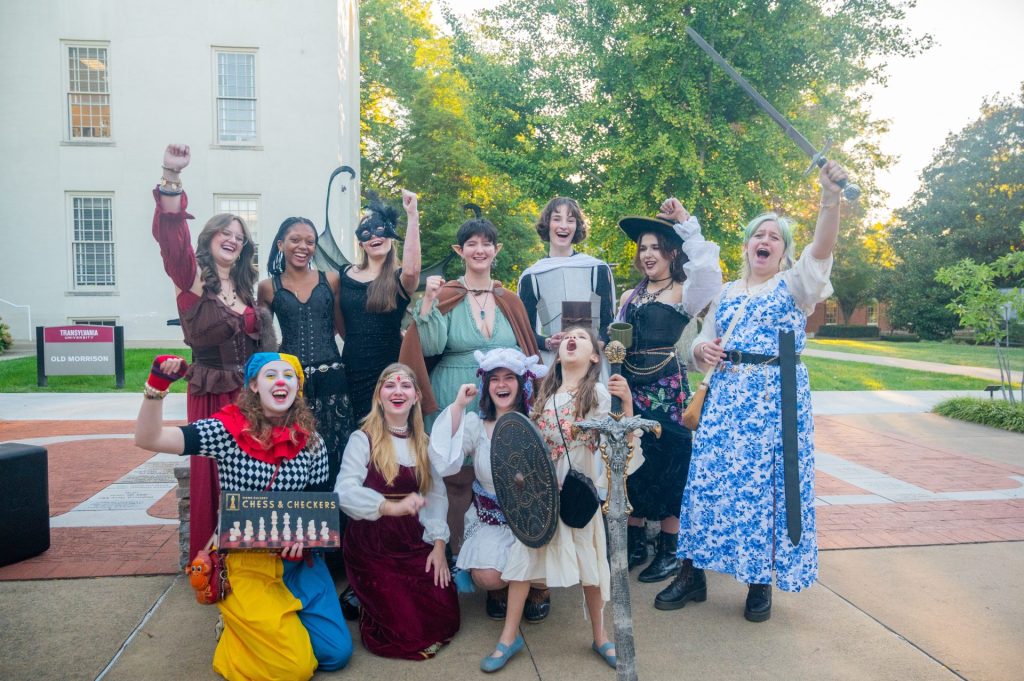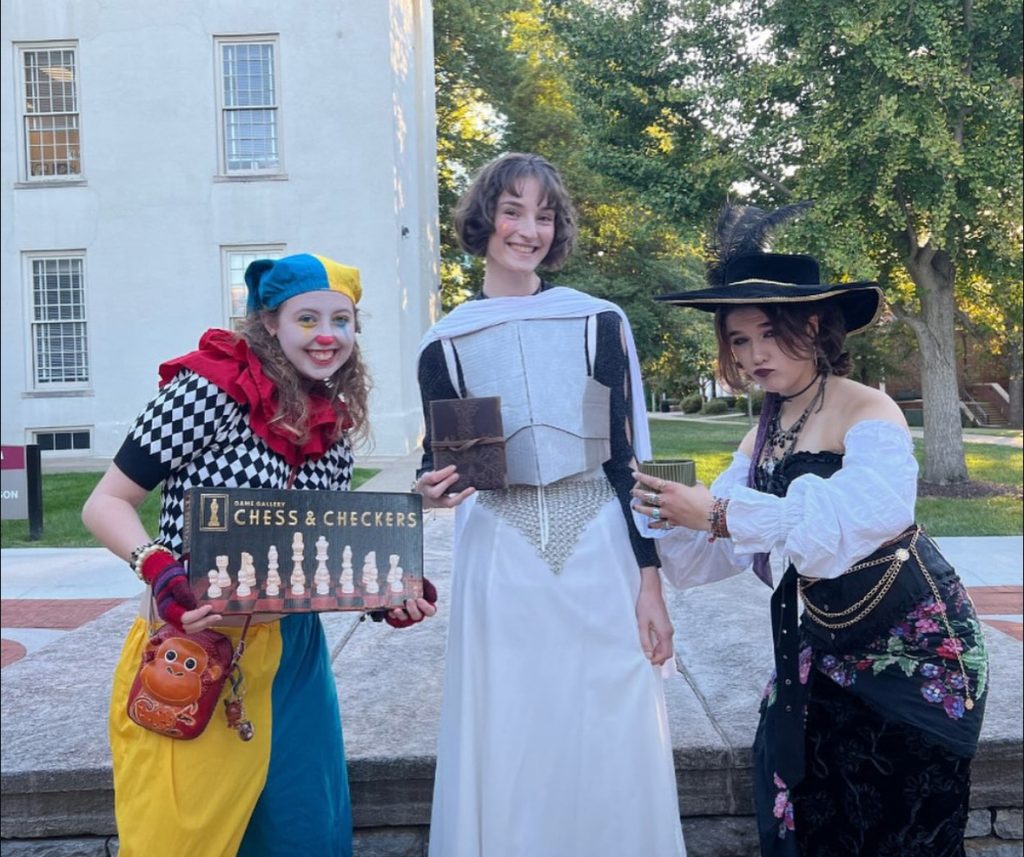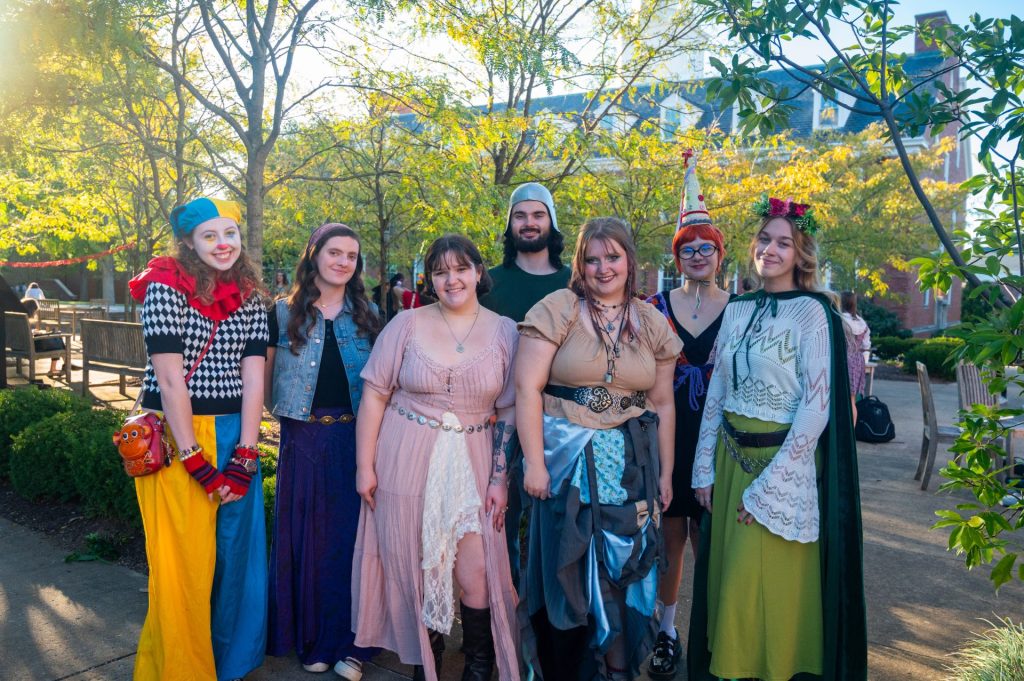Green Room Exchange operates less like a traditional concert series or talent agency, and more like a cross-cultural laboratory. It’s designed to reframe how Lexington experiences other places and communities, not as distant, unheard foreign things, but as relationships worth maintaining and conversations worth having. That sense of closeness to art and art making is one of the things that make Green Room Exchange (GRE) so special (and so similar to Brian Eno, but more on that later). I had a wonderful conversation with the founder Lee Carroll about GRE’s challenges, successes, and the many unique aspects that make the organization unlike any other in Lexington. Our conversation, as well as the research I conducted on GRE, led me to see the organization in conversation with Brian Eno’s claims in What Art Does, such as art as a simulator, a social technology, play, and collective creativity.
GRE’s goal, as listed on their website, is to offer the opportunity “to see other cultures through the eyes of those who live there, using the universal language of music and art.” They achieve this by bringing international musicians to Lexington to perform, sometimes teach, and collaborate with local artists. It sounds simple, but the process of finding musicians is extensive. Lee travels to different music festivals around the world to scout for talent to bring to Lexington. Recent performances include Hermanos Villalobos, a folk fusion group from Veracruz, Mexico, in September of this year, and a fusion festival of Indian classical and world music in June. Lee visited Ghana, Cuba, Mexico, and various countries in Europe, and every time, what struck him over and over again was how relationships with artists felt so welcoming, humbling, and human, and that’s precisely what he wanted to bring to Lexington.
Getting the first series of events started was a difficult task, filled with challenges along the way. Navigating through travel barriers, visa requirements, funding, and venues presented obstacles that GRE deals with to this day. Because world music can be niche in a place like Lexington, there was a learning curve in marketing and building trusting relationships. Additionally, when the organization started working on creating workshops as well as shows, the already present challenges demanded more time, relational energy, and resources.
Now, Lee and the rest of the crew (made up of various artists who take part in administrative duties) have a more robust operations process. Artists’ identification and relationship building remain the first steps, often via travel, social networks, and pre-existing connections. Then the invitation and logistical arrangements take place, which consist of visas, scheduling, travel, securing venues, and rehearsals. While these first two steps take place, funding and budgeting are occurring around the clock. Lee serves as treasurer as well as founder, so during this time, he is also focusing on looking for grants, sponsors, ticket revenues, managing the costs of travel, lodging, artist fees, technical setups, and fundraising via events or local support.
According to Lee, aside from overcoming audience bias and cultural prejudice, the most difficult and time-consuming portion of the whole process is funding and budgeting. The final two steps, local engagement and performance, take care of themselves by the end of the process, although they are also arduous in their own way. Arranging workshops, educational components, and marketing all fall into place around halfway through the process.
The final performance/concert step often has multiple components: main show, smaller show or collab, sometimes talk or lecture to provide cultural context. Once all of those components have taken place, that means there are still two more things left to do. Documentation is extremely important to the mission of the organization, as it allows continued and accessible access to music and art that stands the test of time. Documentation is so critical to GRE that there is a dedicated section on the website with a video and photo archive going back years. Videos, photos, and audio recordings are all uploaded either to the website or to their Facebook page, which is their most active social media. Staying in touch with artists, perhaps with return visits, and evaluating what went well and could improve is the true last step of the process, and it is continuous.
Beyond what’s already been touched on, Lee mentioned some recurring challenges that the organization has had to learn to overcome. Financial constraints, although not huge since the organization is primarily privately funded, present significant obstacles when it comes to technical costs and the fees associated with all the logistics required to move artists around the globe. What seems to be the most difficult is audience development and bridging demographic gaps. Building awareness in Lexington for music forms that may be unfamiliar to the majority is difficult.
Most people are closed off to what they don’t know, so not only does people’s initial apprehension due to lack of familiarity present an issue, but so does prejudice, which makes it even more difficult for events like this to take place. Lee and I discussed politics and the current attitudes of Americans towards those of other cultures. It is extremely difficult to get people to come to a show when they have already dismissed both the artist and the music as weird and strange. Attracting audiences for this organization is therefore less about marketing/advertising and more about getting people to trust that such events are worthwhile.
This is the part where Brian Eno comes in. According to Eno, art is a simulator that allows an audience to inhabit alternative realities. When a Kora drum master performs in Lexington, the performance area becomes a short-term simulation of a musical lineage rooted in West African social life. People aren’t just listening to music; via music, they are rearranging their attention. In Eno’s language, they are becoming part of mini-worlds that people can step into and experiment with that expand the range of what the local community can imagine and practice.
Eno stresses that art’s value often accrues through social effects: it binds people into shared practices and generates new forms of attention, as well as uniting communities. By bringing artists to audiences, documenting these exchanges, and creating collaborative environments, GRE creates a social technology that fulfills its mission. Especially when they host workshops, more than entertaining, these events facilitate an environment where listening, learning, and co-creation can create community bonds. Over time, these bonds can translate into broader civic benefits such as deeper intercultural understandings that can sustain further exchange. By creating repeated, structured encounters with world music traditions, the organization expands Lexington’s cultural reach and offers tools for empathy and connection in a region that is sometimes stereotyped as being culturally homogenous. To Eno’s joy (hopefully), GRE makes new ways of feeling, living, and playing happen. Those worlds in which people can play and learn influence how the city thinks about its identity, its relationships to migration and globalization, and its capacity for cultural hospitality. Because Lee Carroll and GRE treat hospitality as a cultural bridge, it demonstrates how a small, focused arts organization can enact many of the things that Eno says art “does”. In the current political environment, where anything different or new is discarded as dangerous or inferior, GRE’s mission is vital to maintaining a sense of unity and connection across geographical boundaries. Reshaping feelings, attention, and cultural understanding is something that music has always been able to do, and that magic has been furthered in Lexington in a unique and powerful way.











